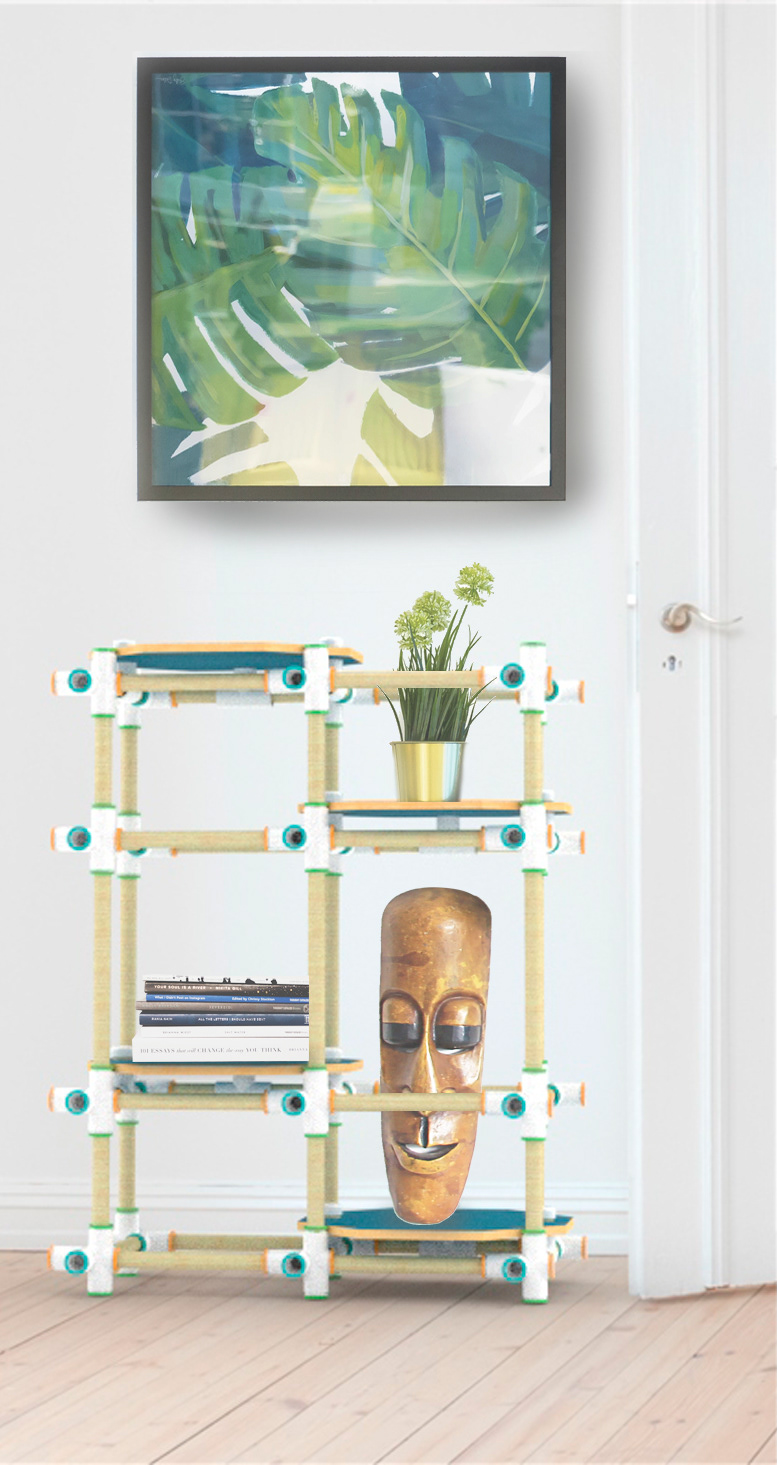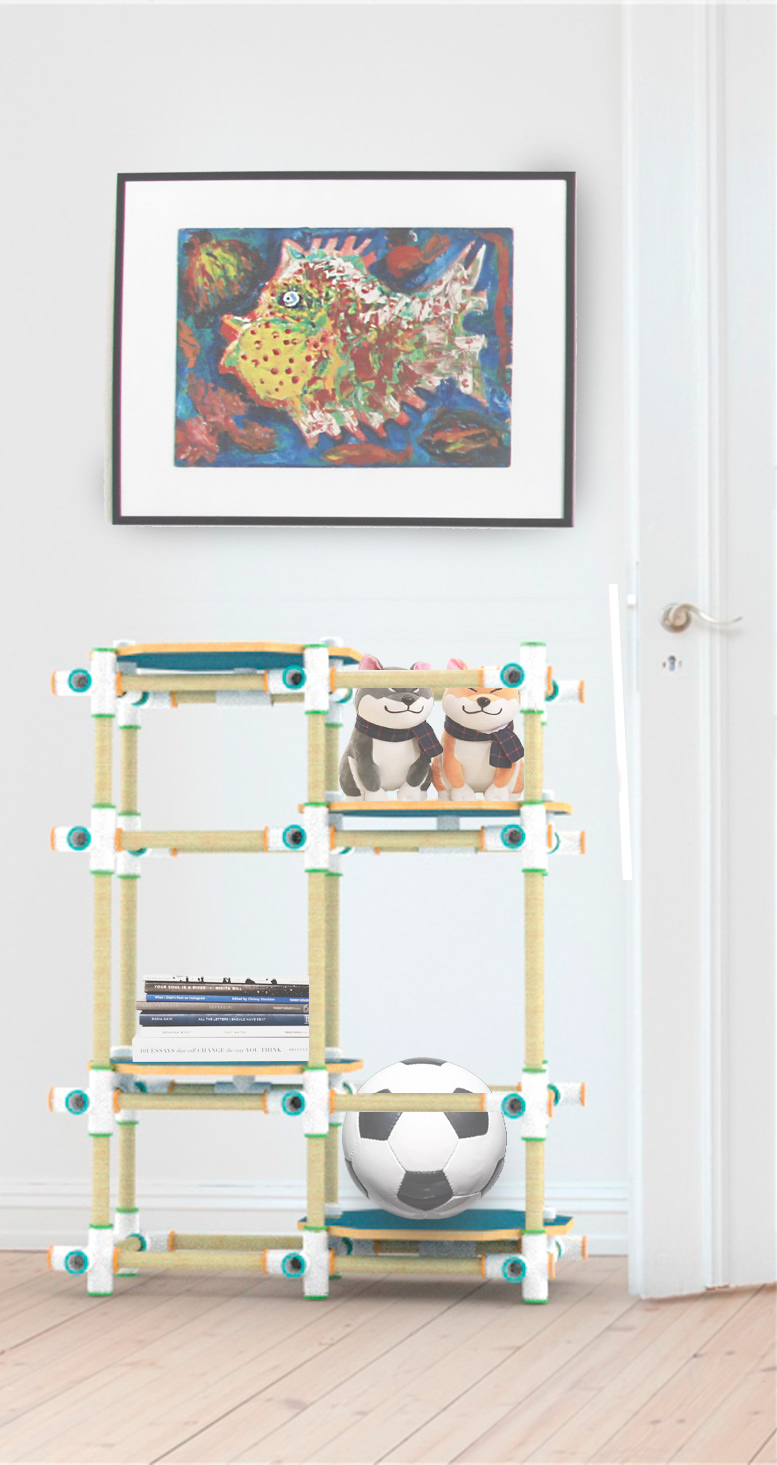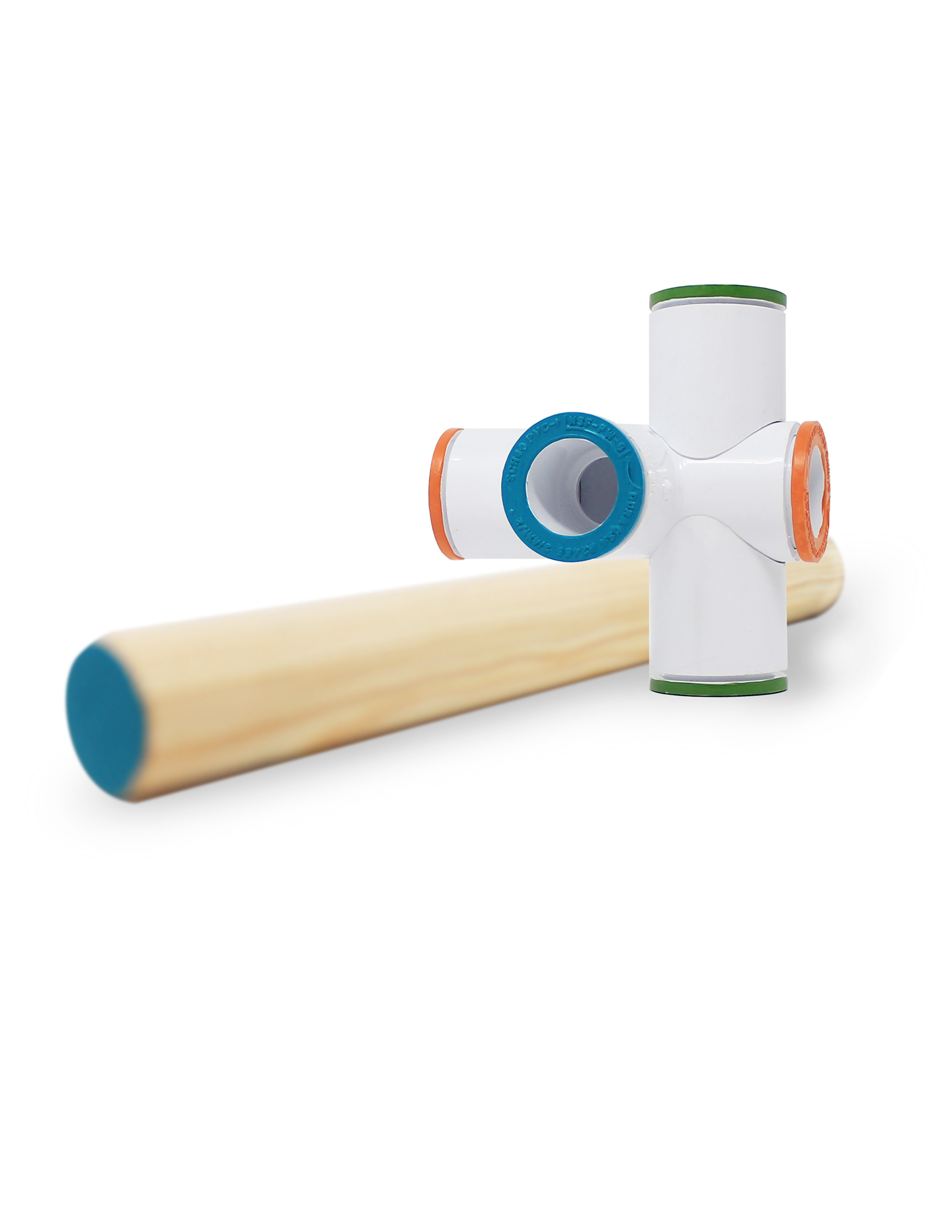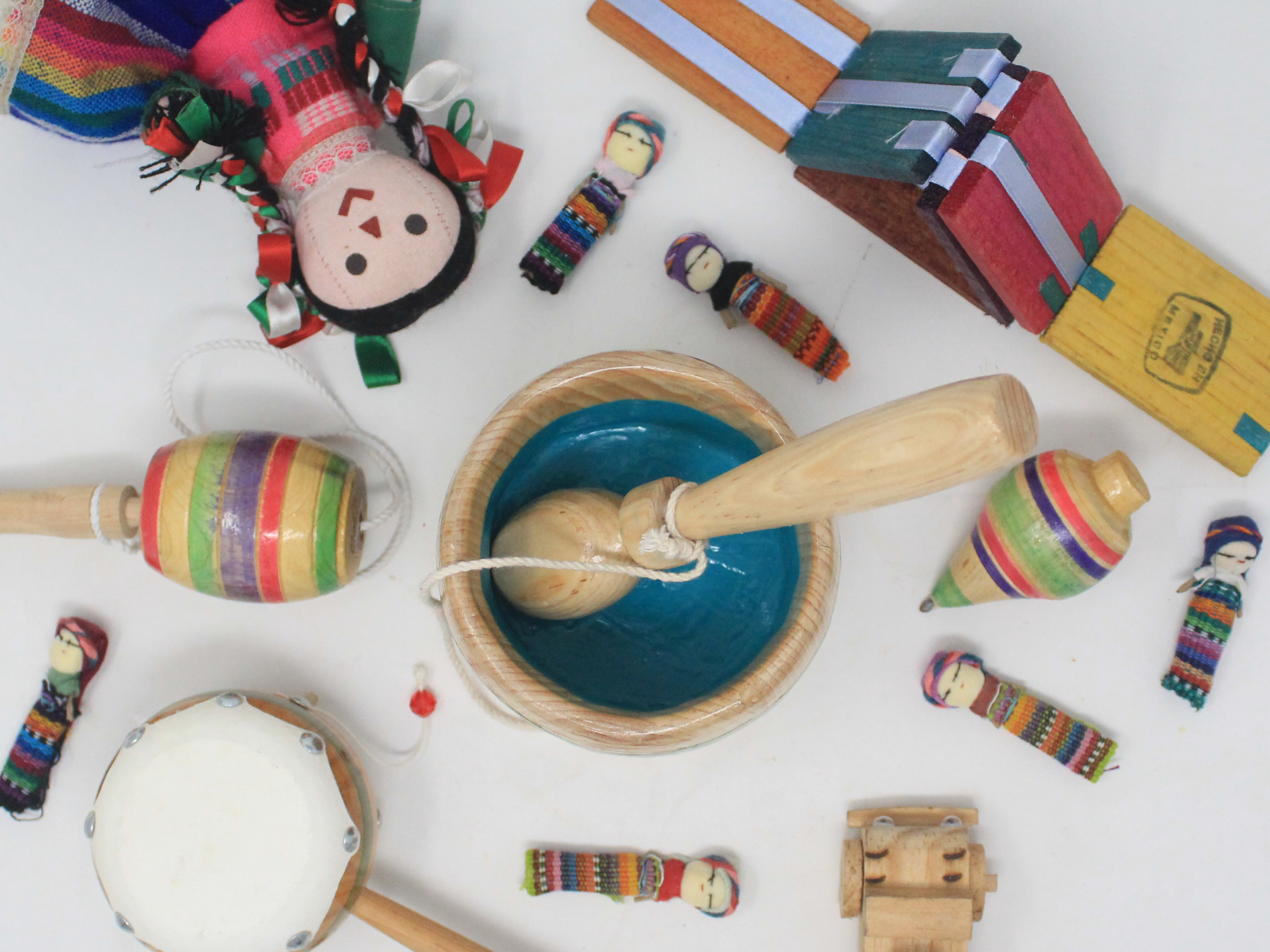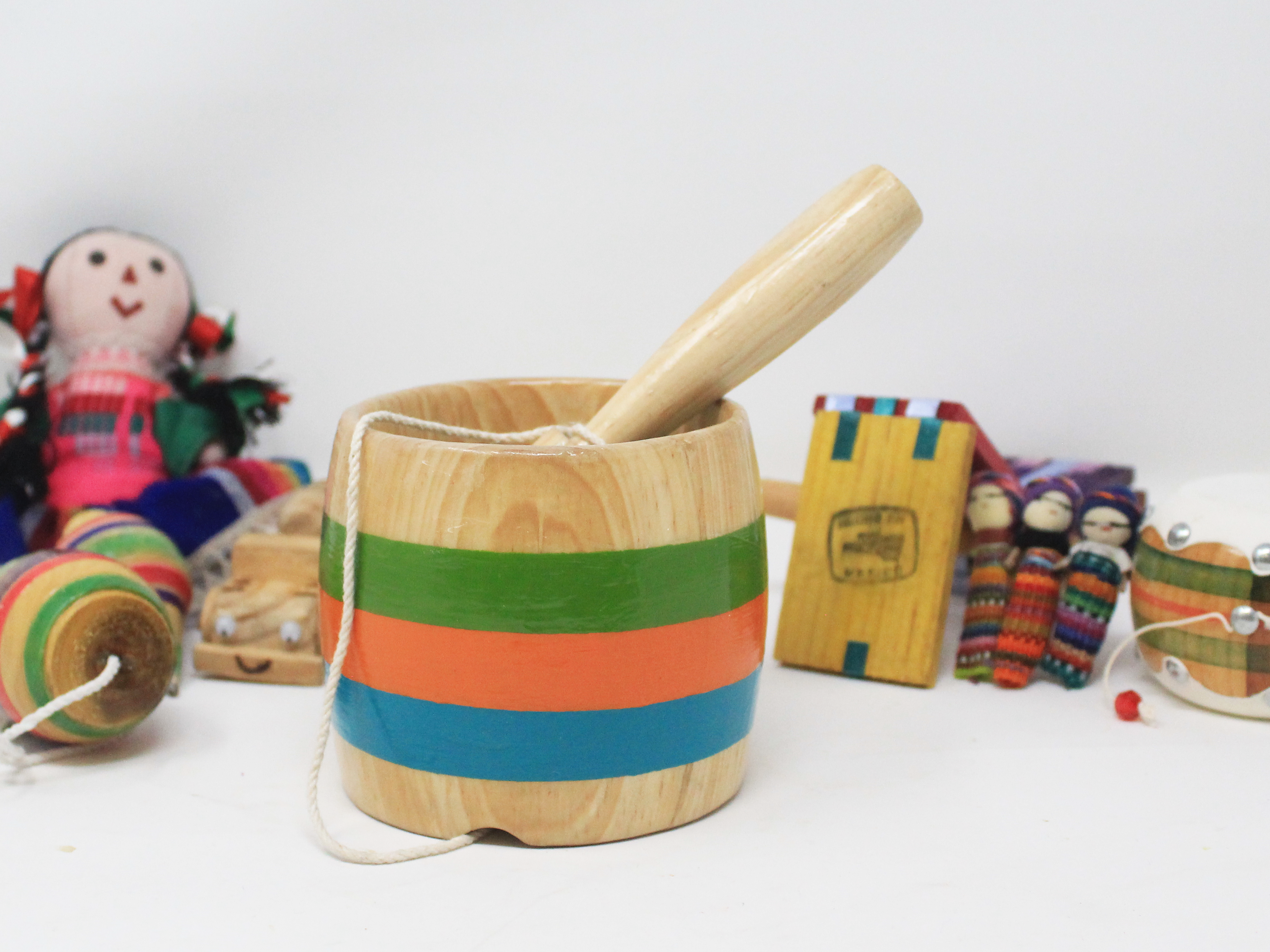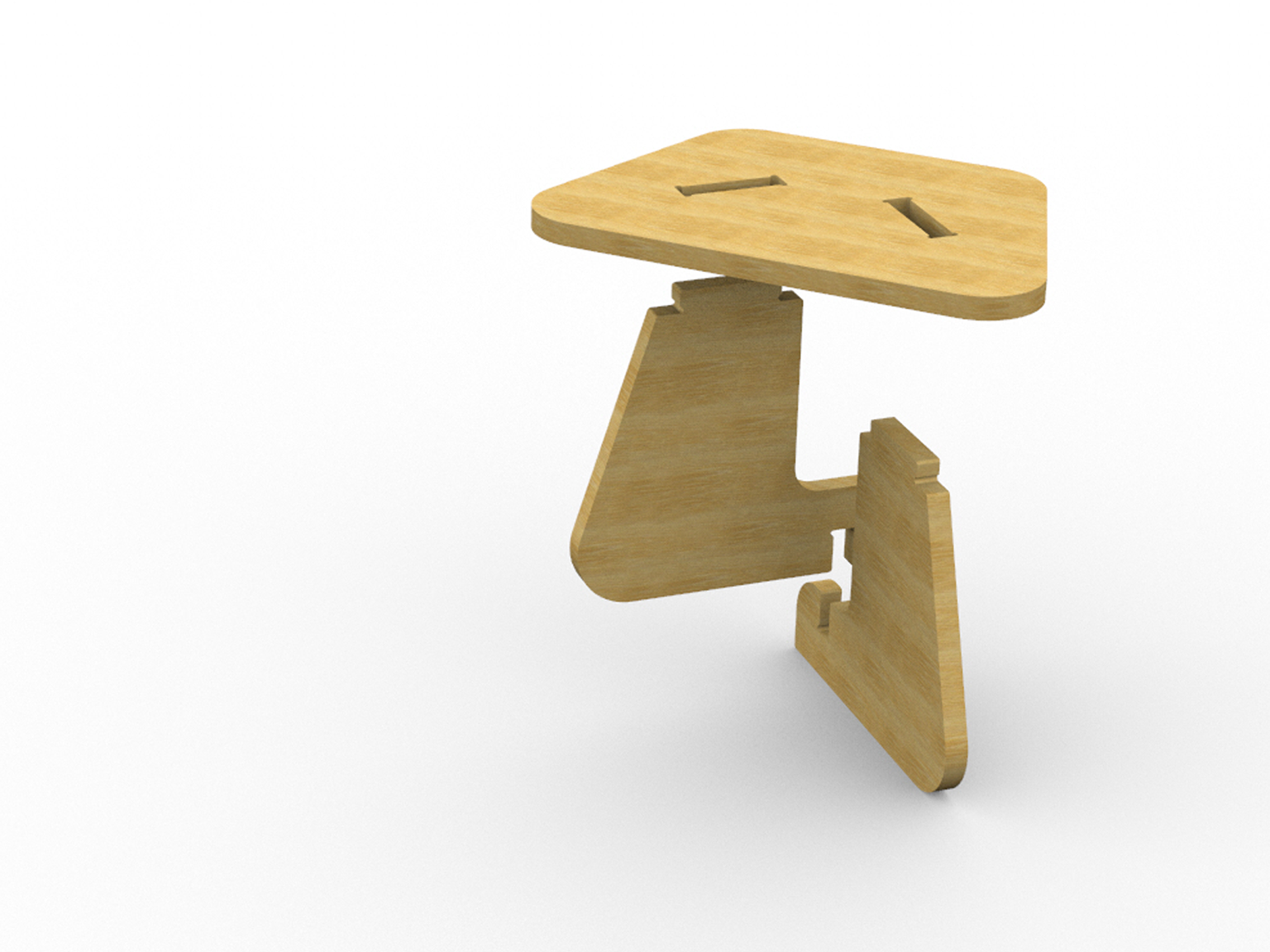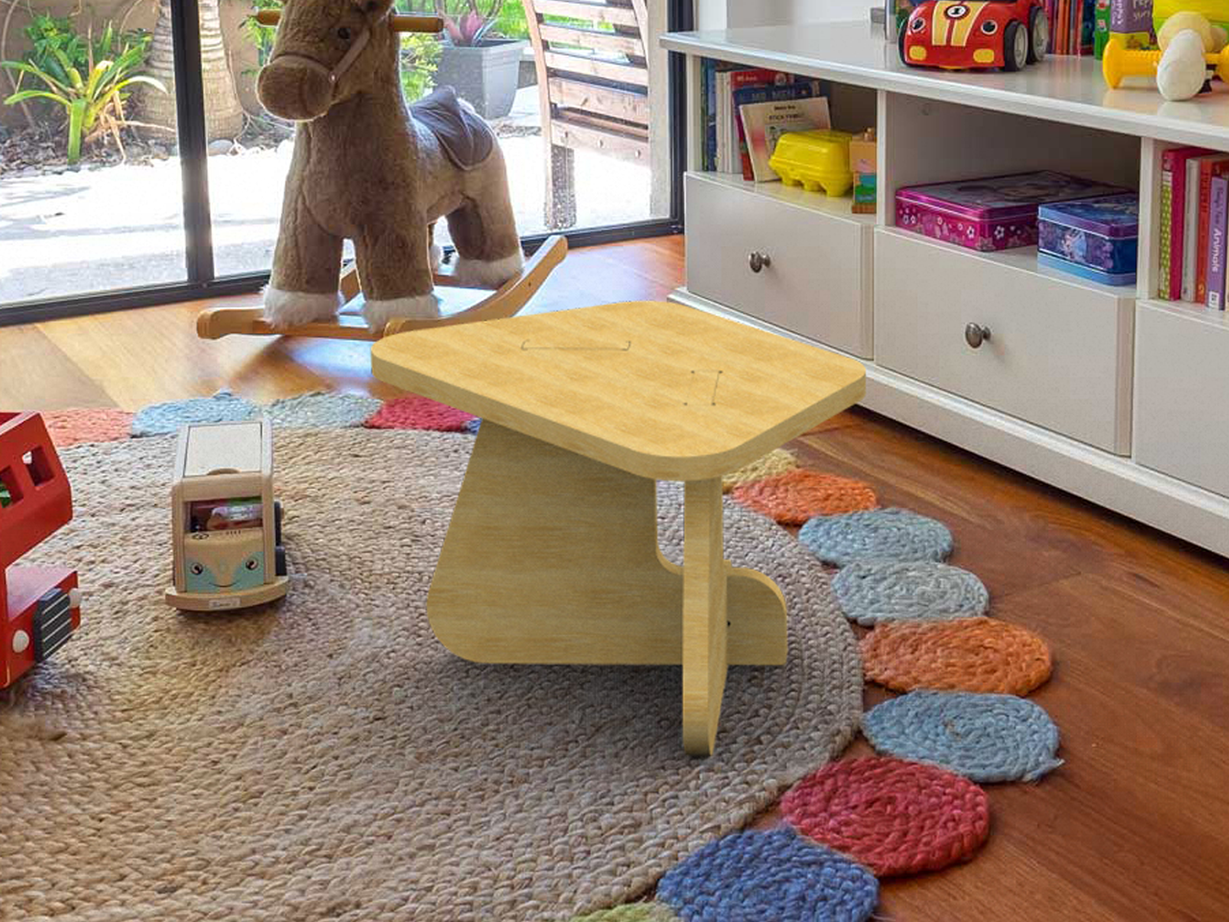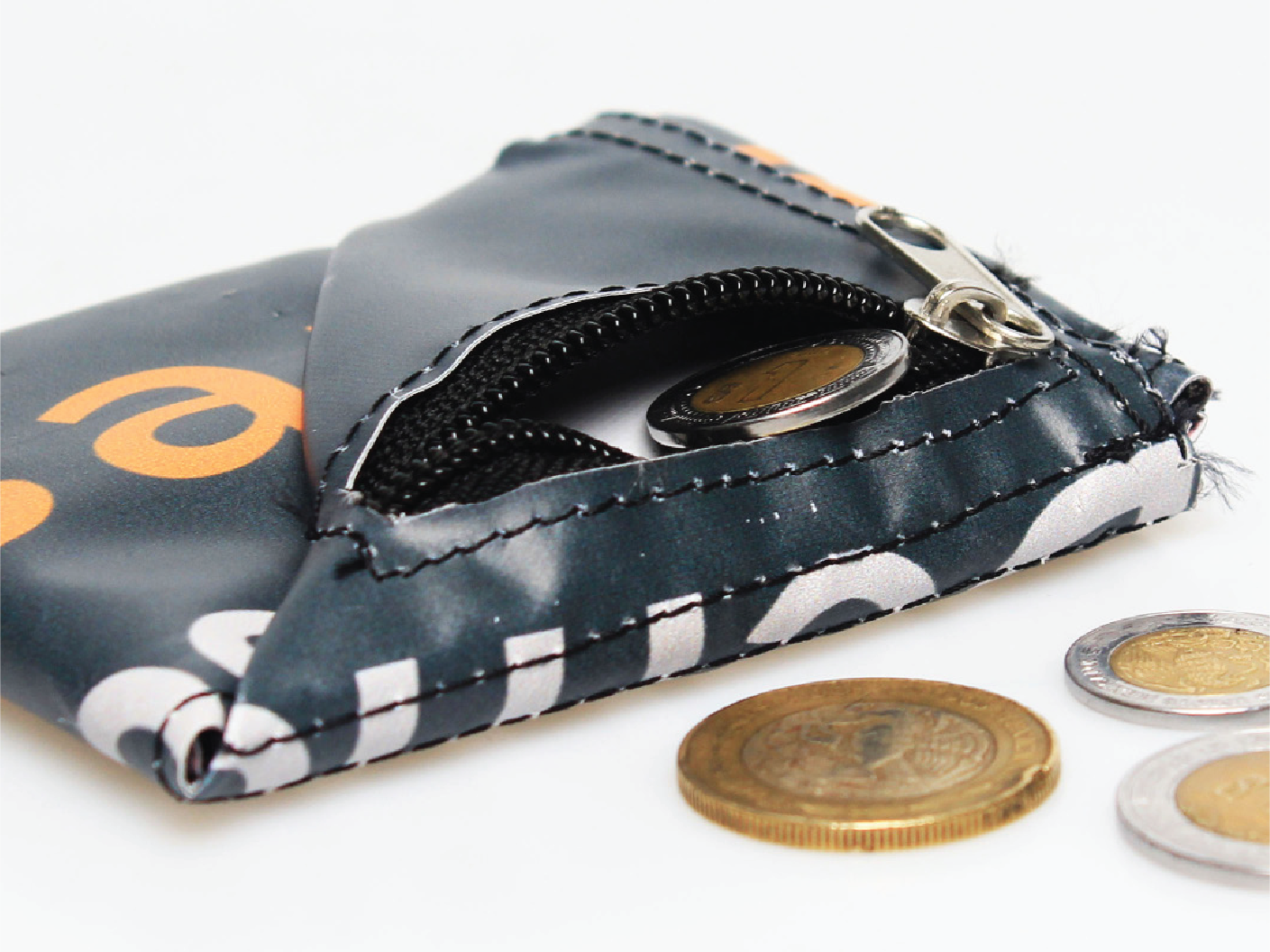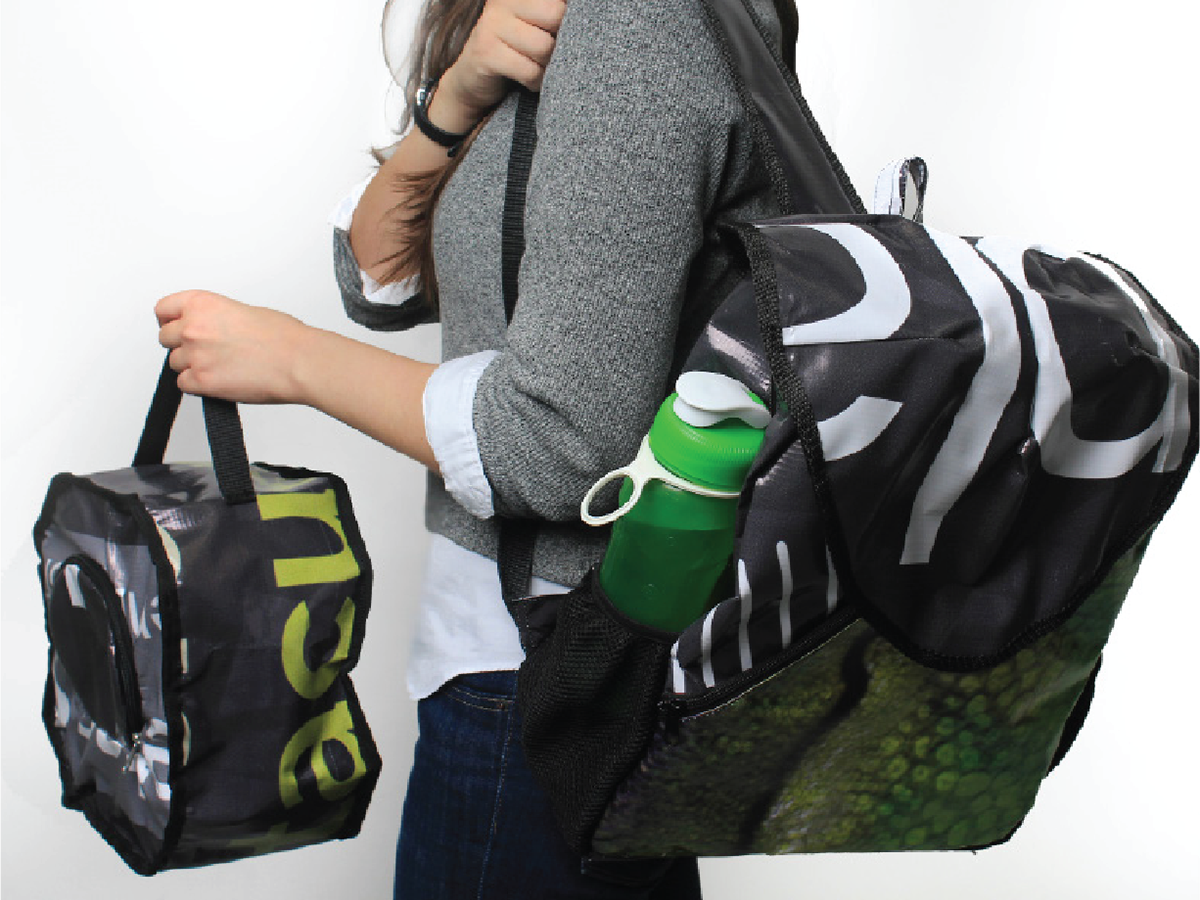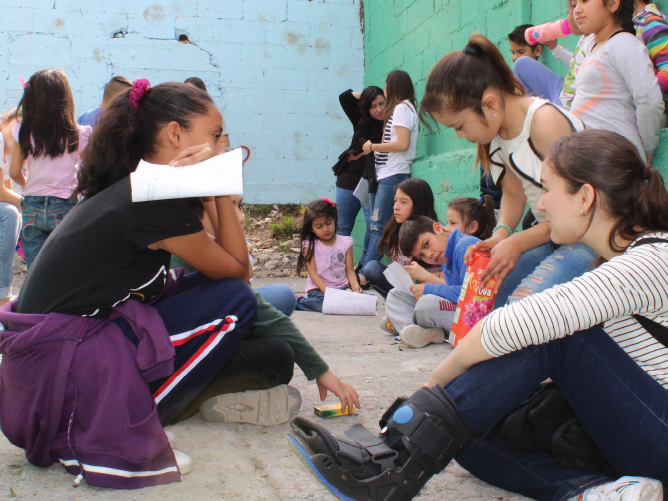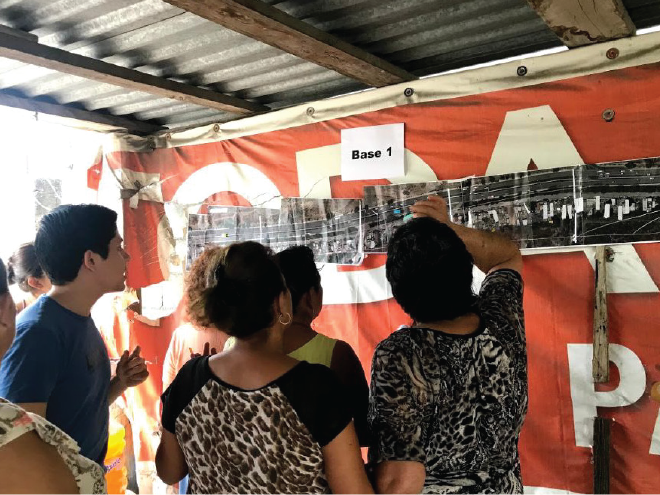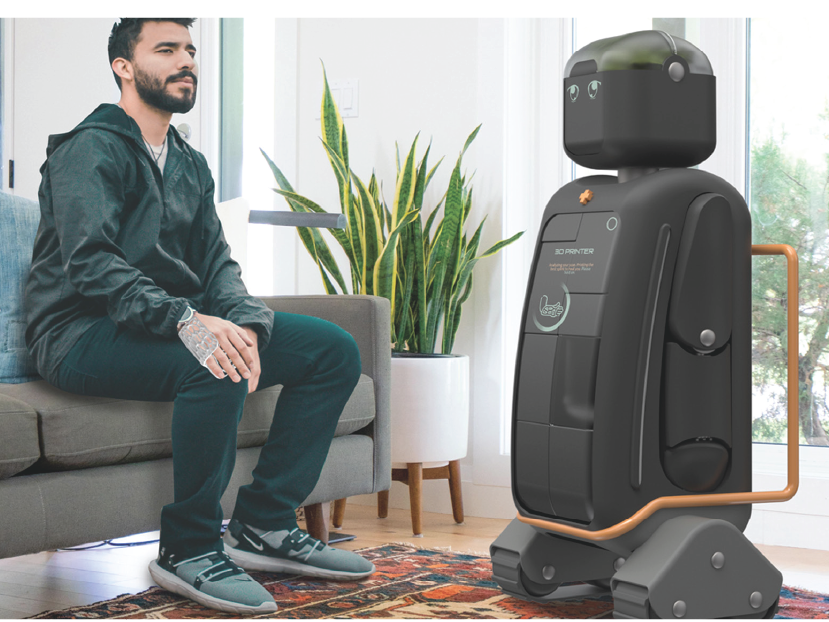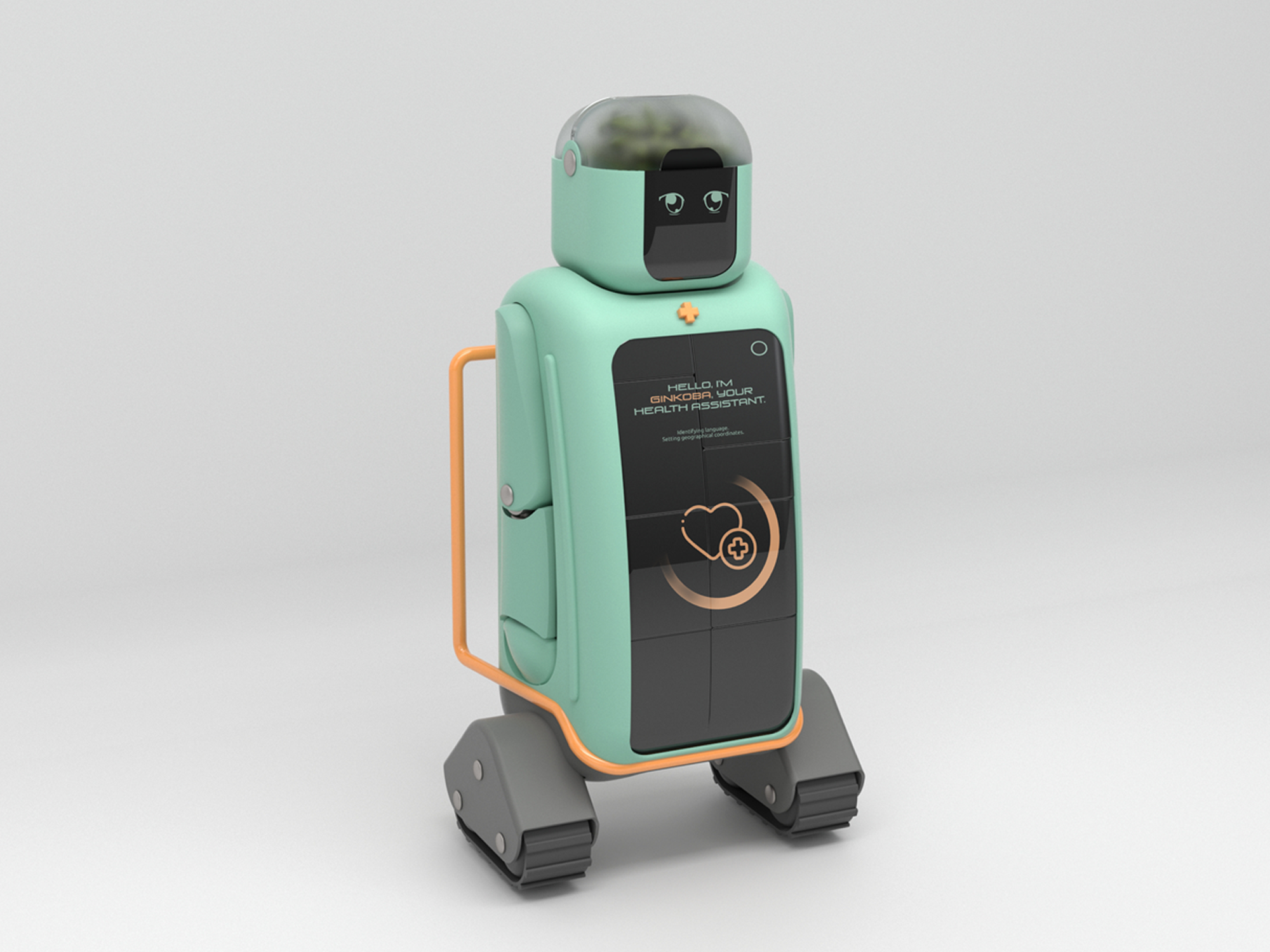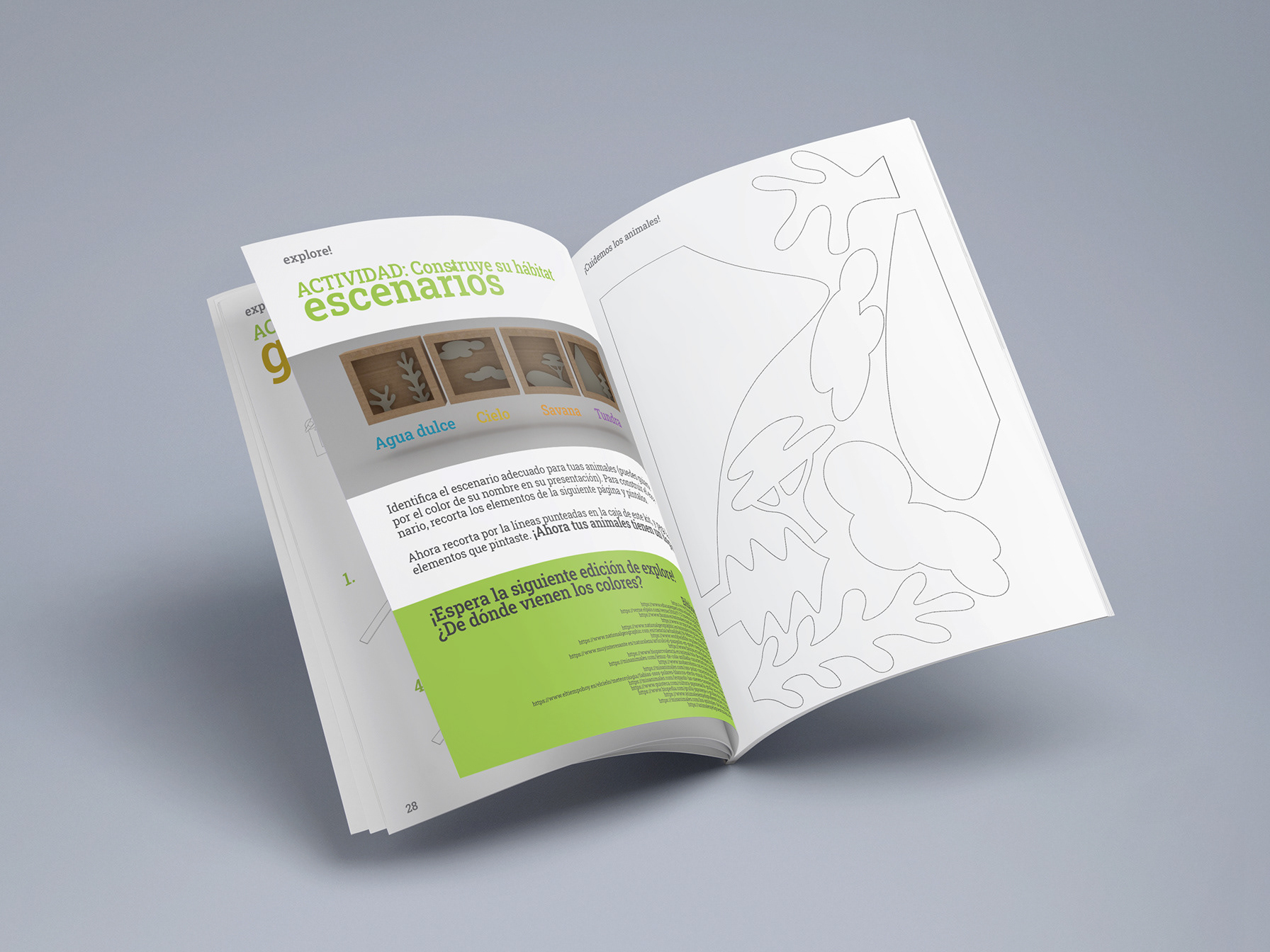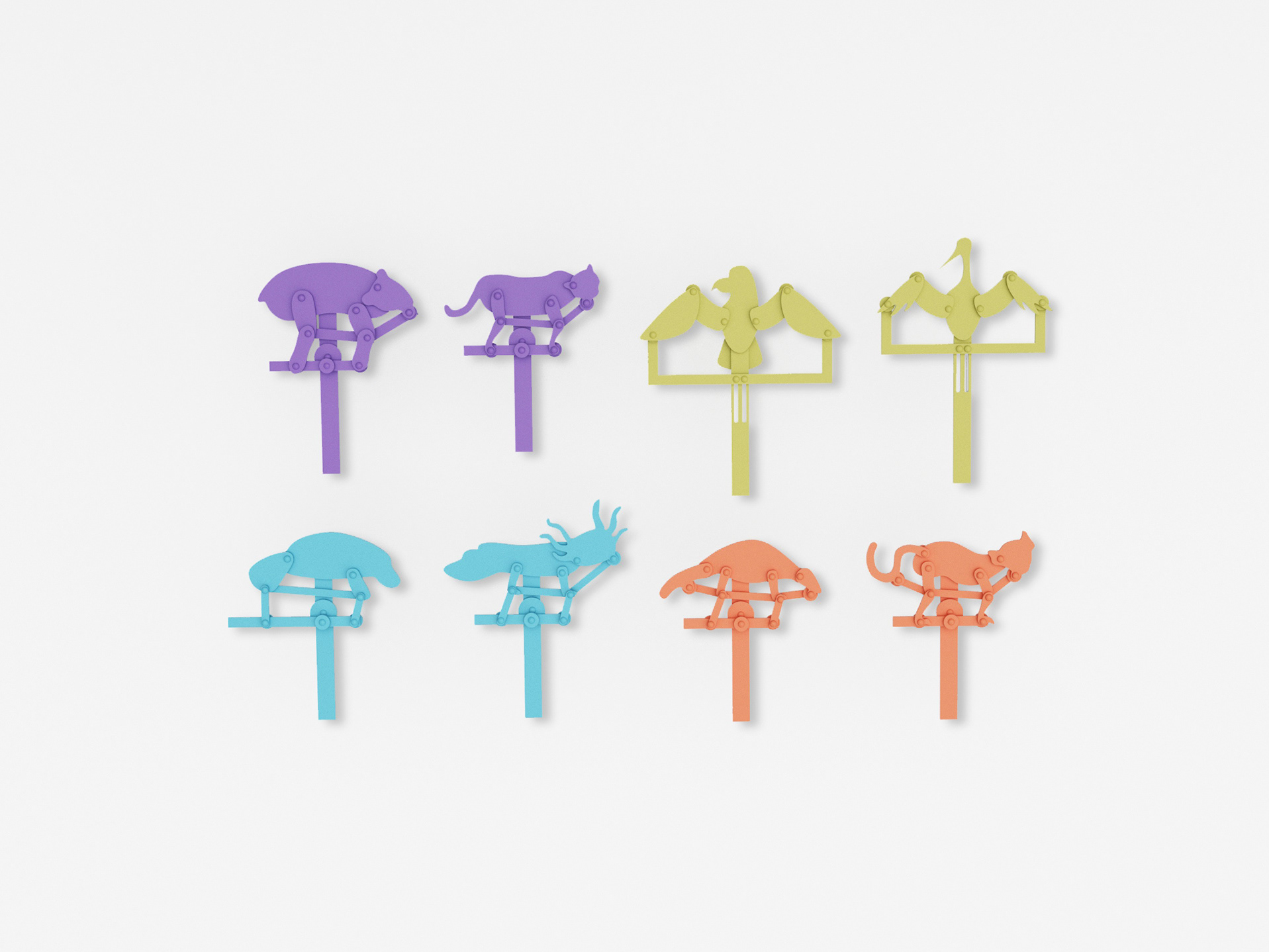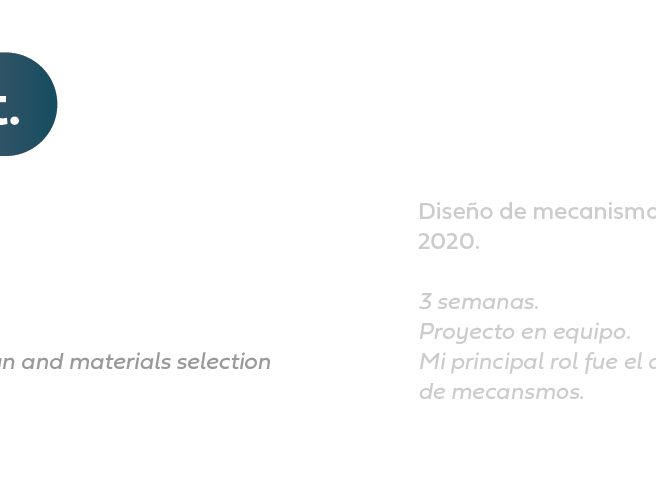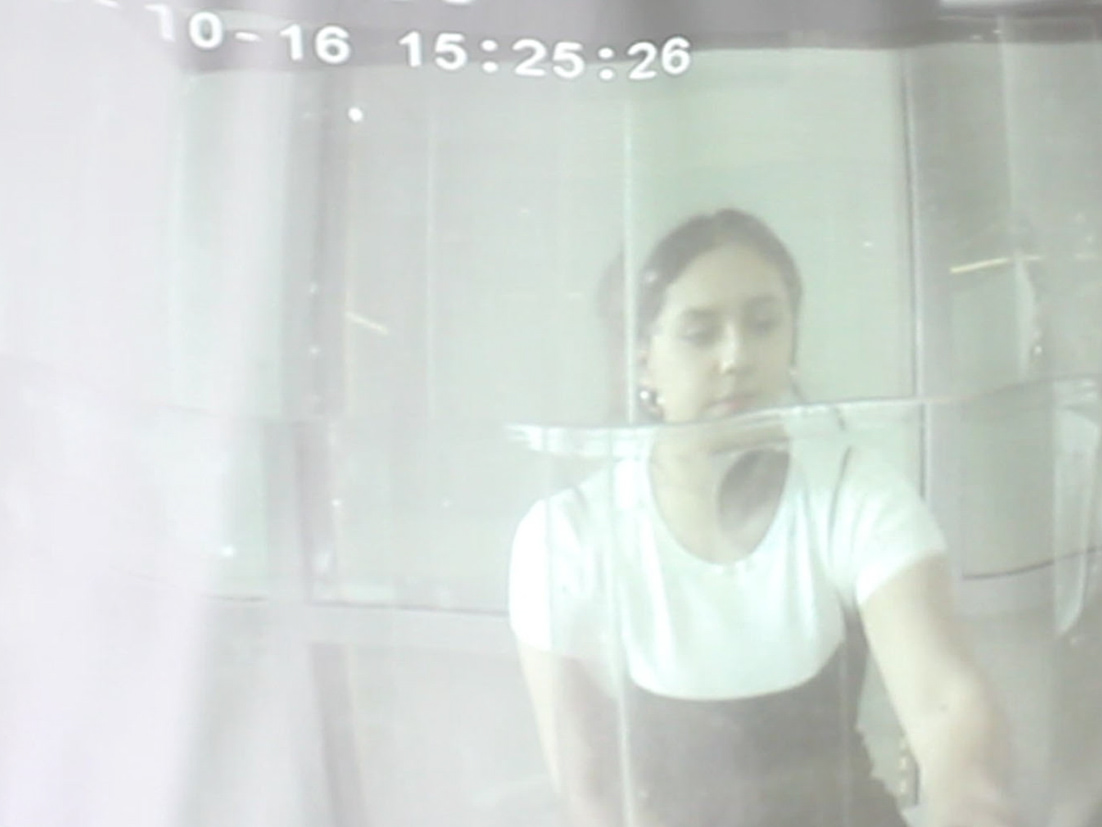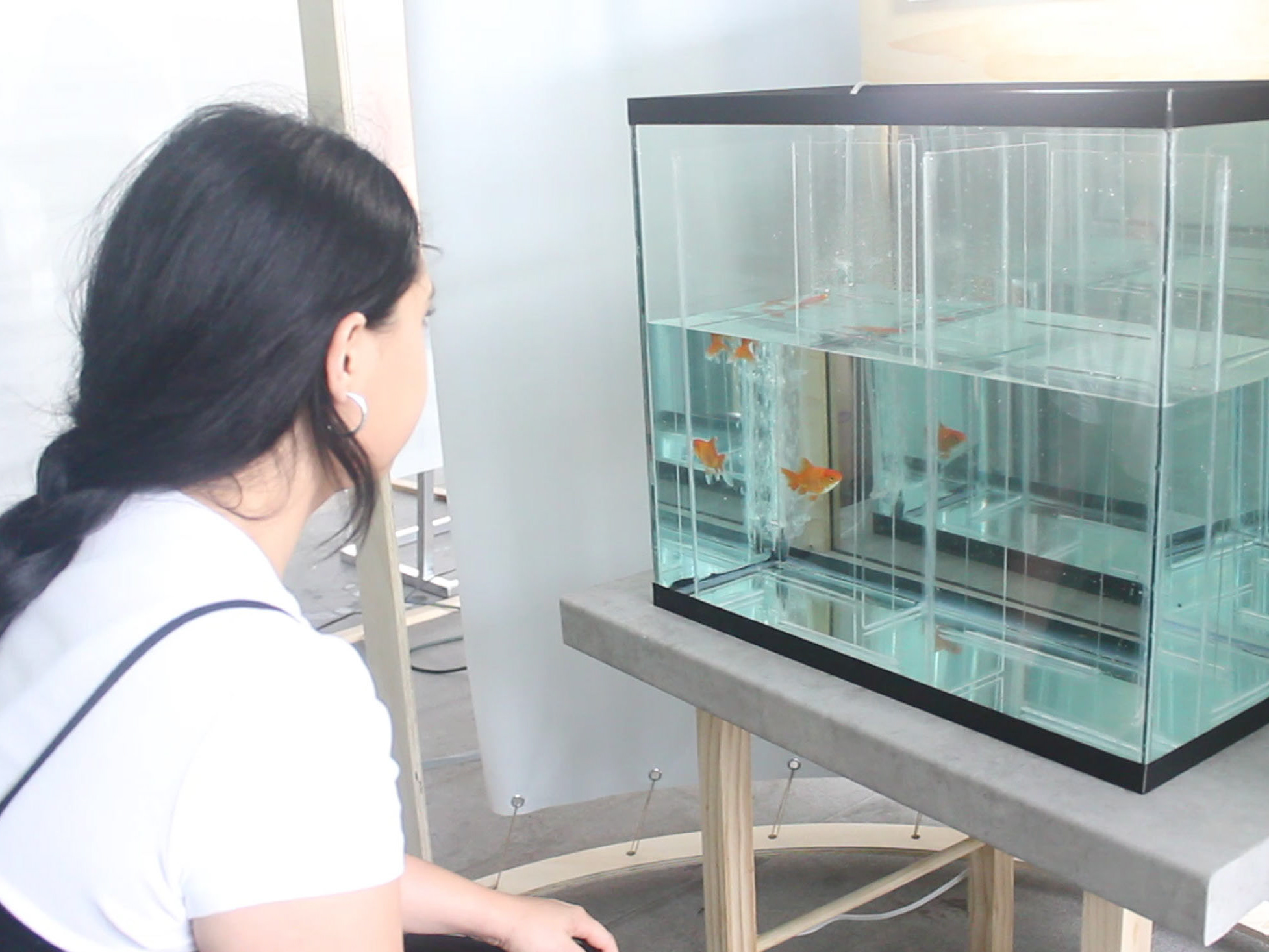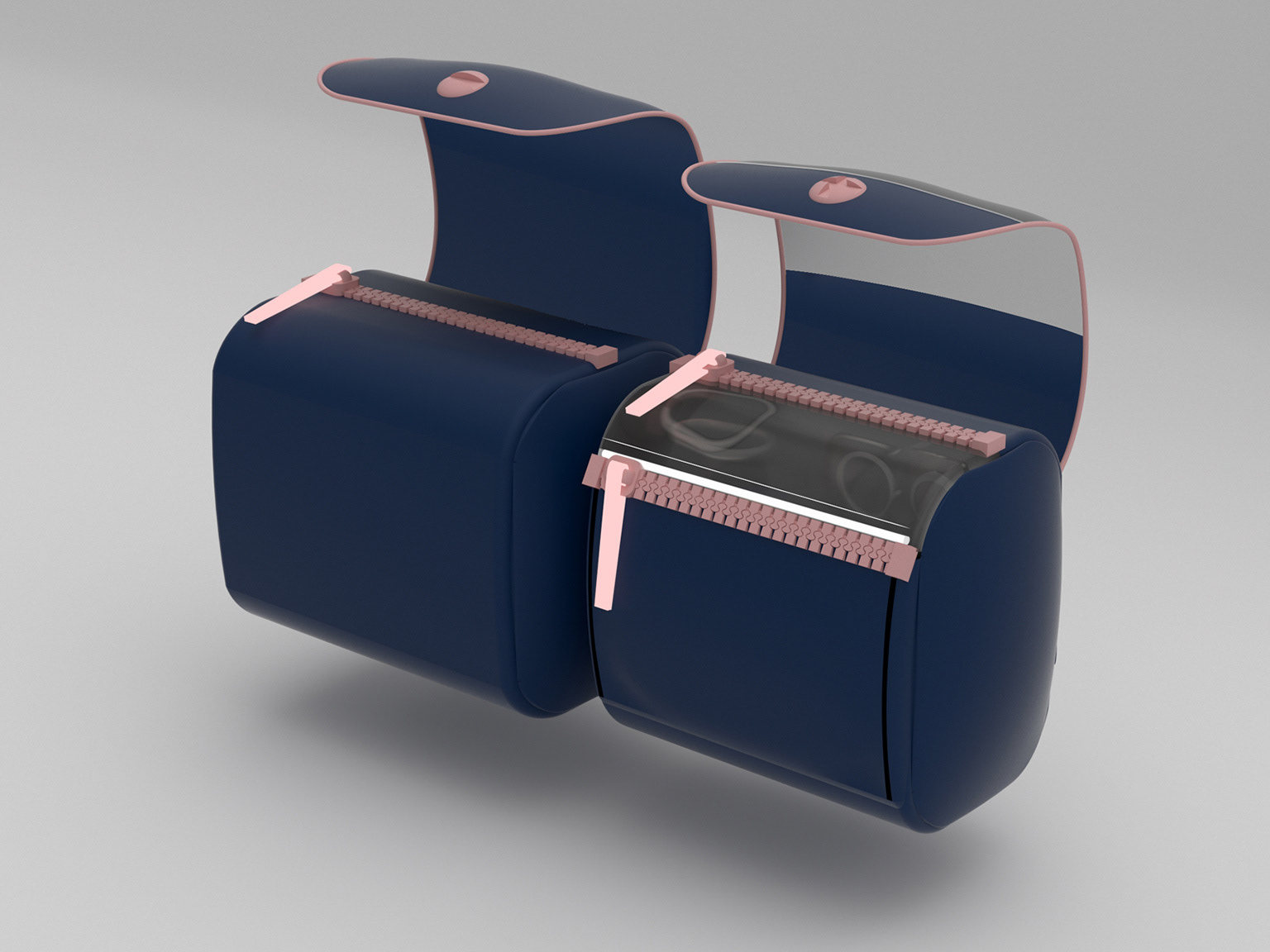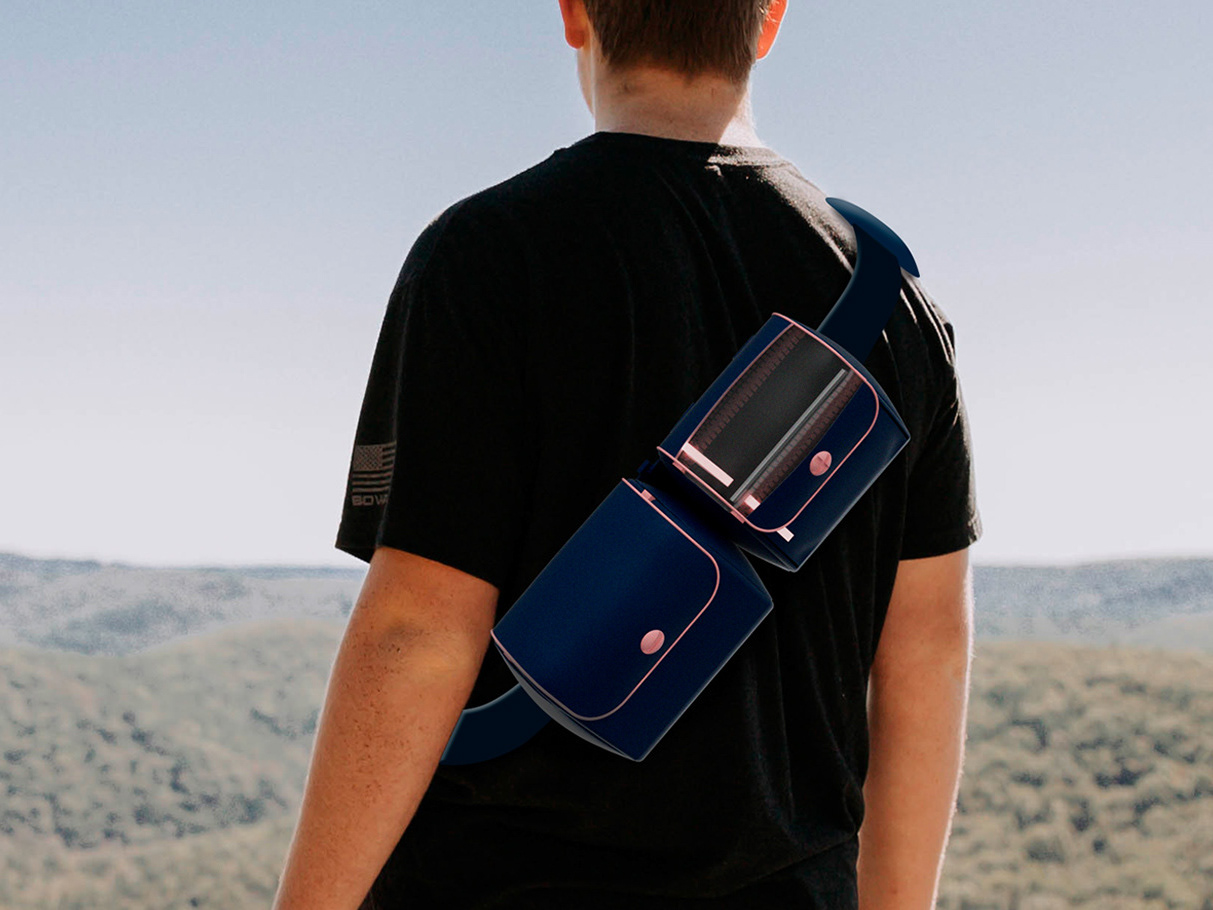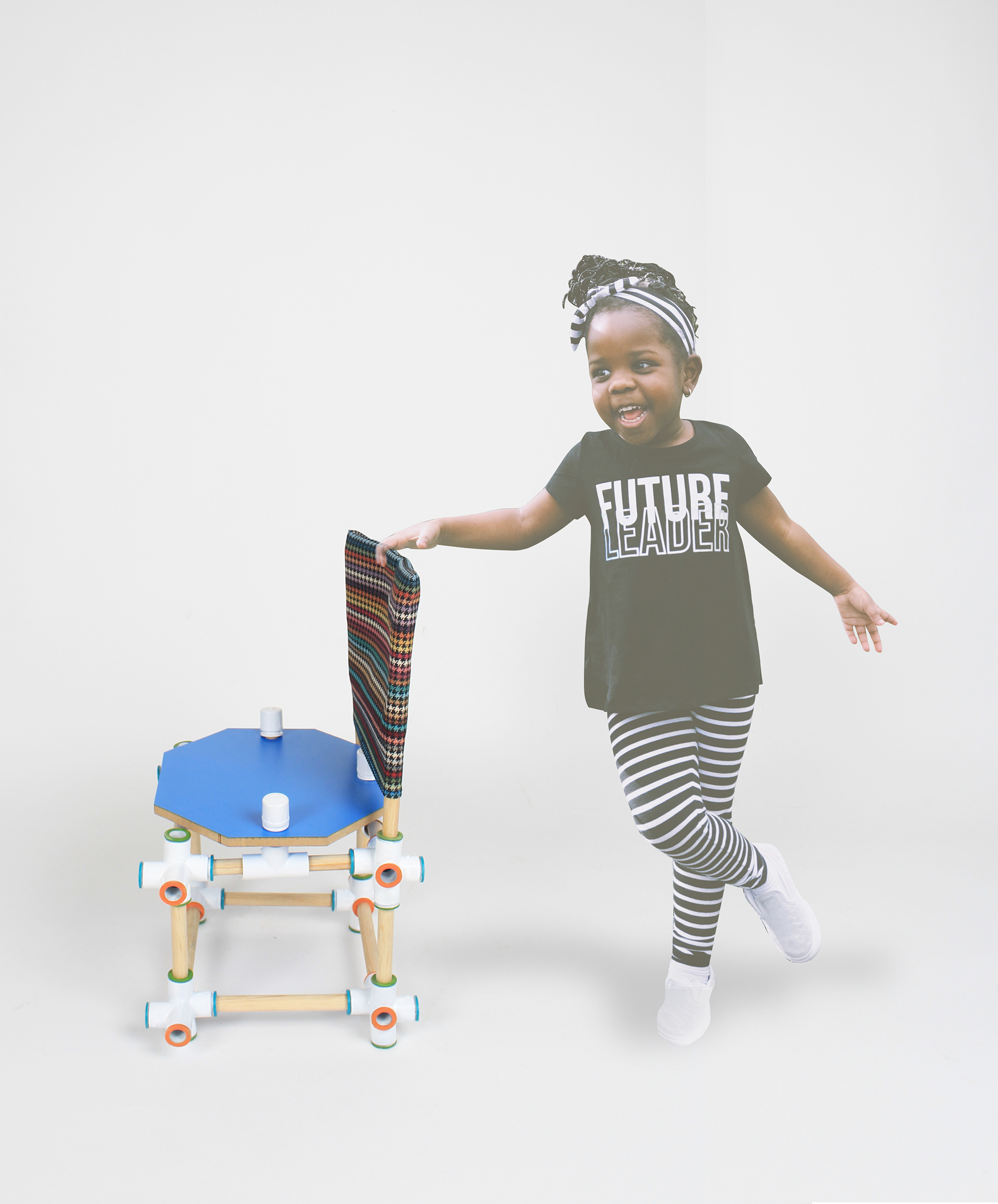
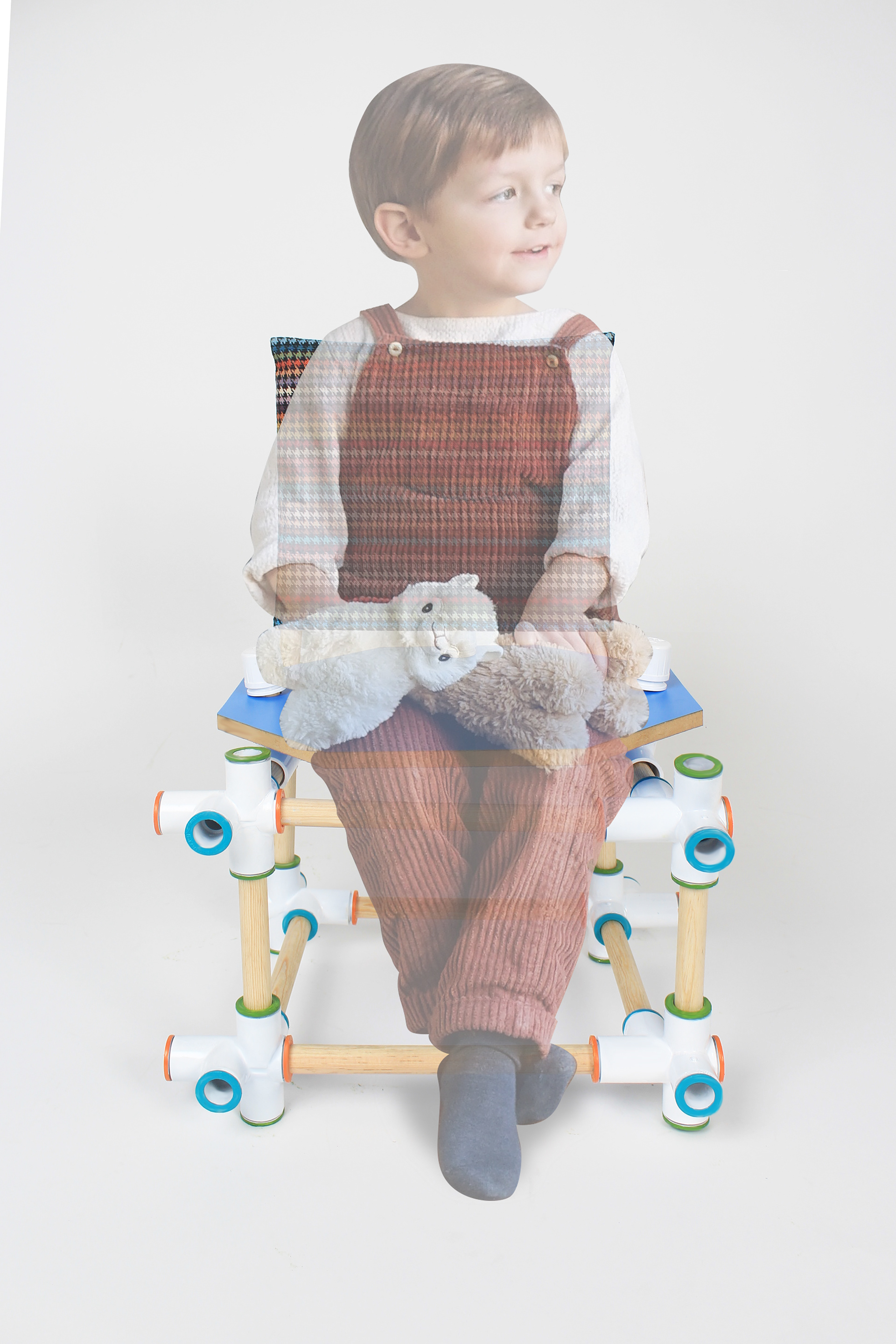
Challenge.
Design a stool for a special population (children, pregnant women, people with disabilities, elderly), with 2+ functions using more than 50% of wood.
Design a stool for a special population (children, pregnant women, people with disabilities, elderly), with 2+ functions using more than 50% of wood.
Research.
+ There are 16 types of play, some of which are: symbolic, social, dramatic, communication, adventure, fantasy, imagination, control, roles.
+ Attachment to an object makes the user keep it for as long as 19.8 years, while detachment causes the product to be kept for as much as 4.4 years.
+The triggers of attachment are: utility, personality, experience, past, social perception, shape.
+ Since more products for children are made of plastic, wood products invite children to take care of them.
+ Furniture for children should be easy to clean as a strategy to care about hygiene and avoid diseases
+ Modularity is one of the most promising strategies to break with consumerism patterns by changing exclusively the damaged piece, while allowing innovation by replacing single pieces and
not the whole product.
not the whole product.



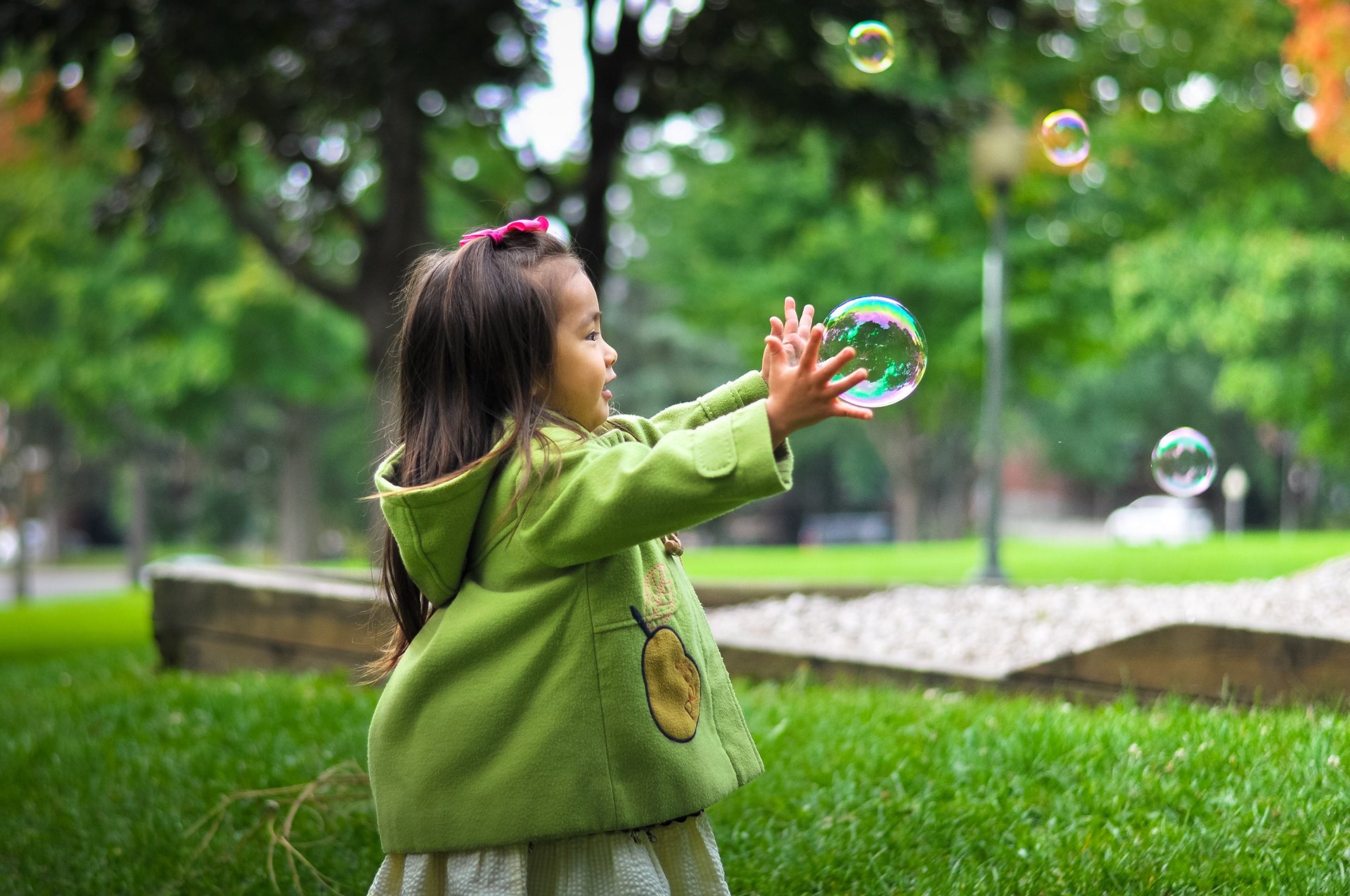
Design concept.
Creative tool for children 6 to 8 years old that has as main function being a stool, with a subtle and happy character -enabling it to adapt to different environments- and ecologically responsible by being modular.
Creative tool for children 6 to 8 years old that has as main function being a stool, with a subtle and happy character -enabling it to adapt to different environments- and ecologically responsible by being modular.
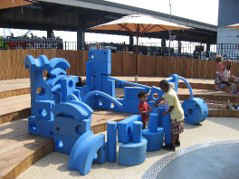
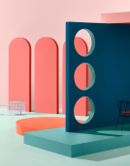
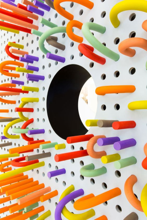
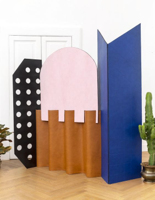
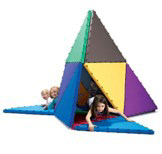
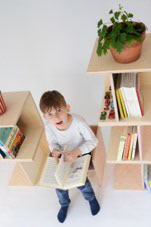
Ideation.
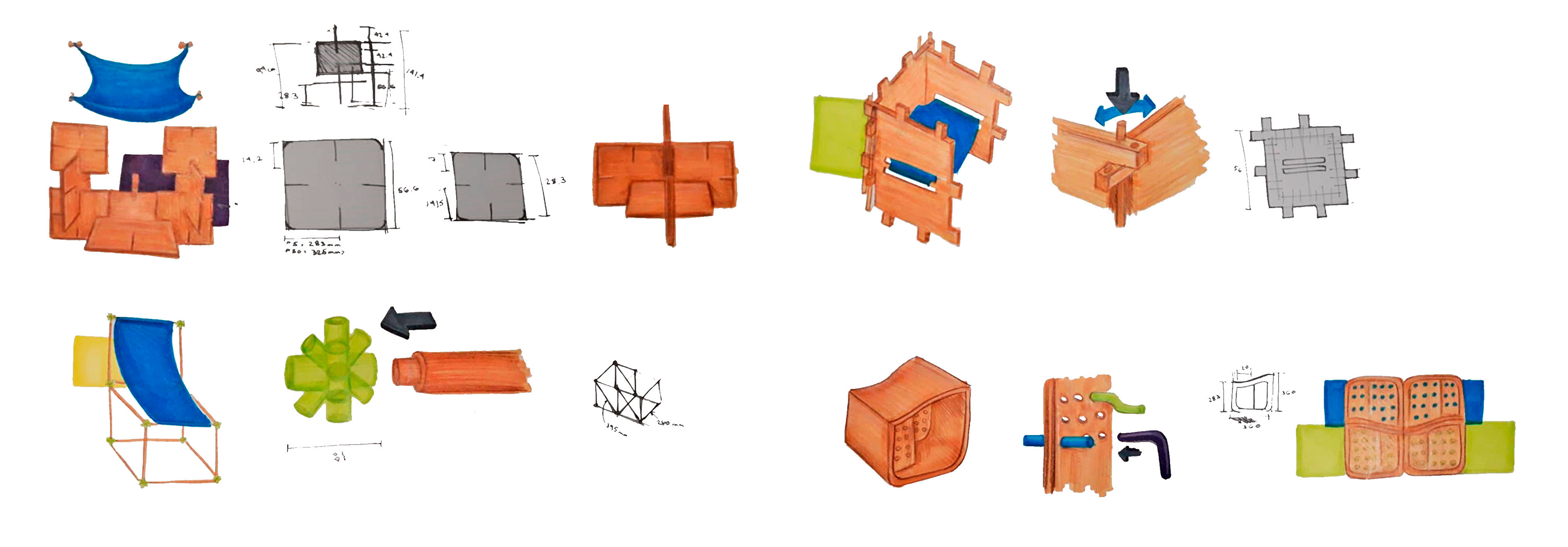
Prototyping.
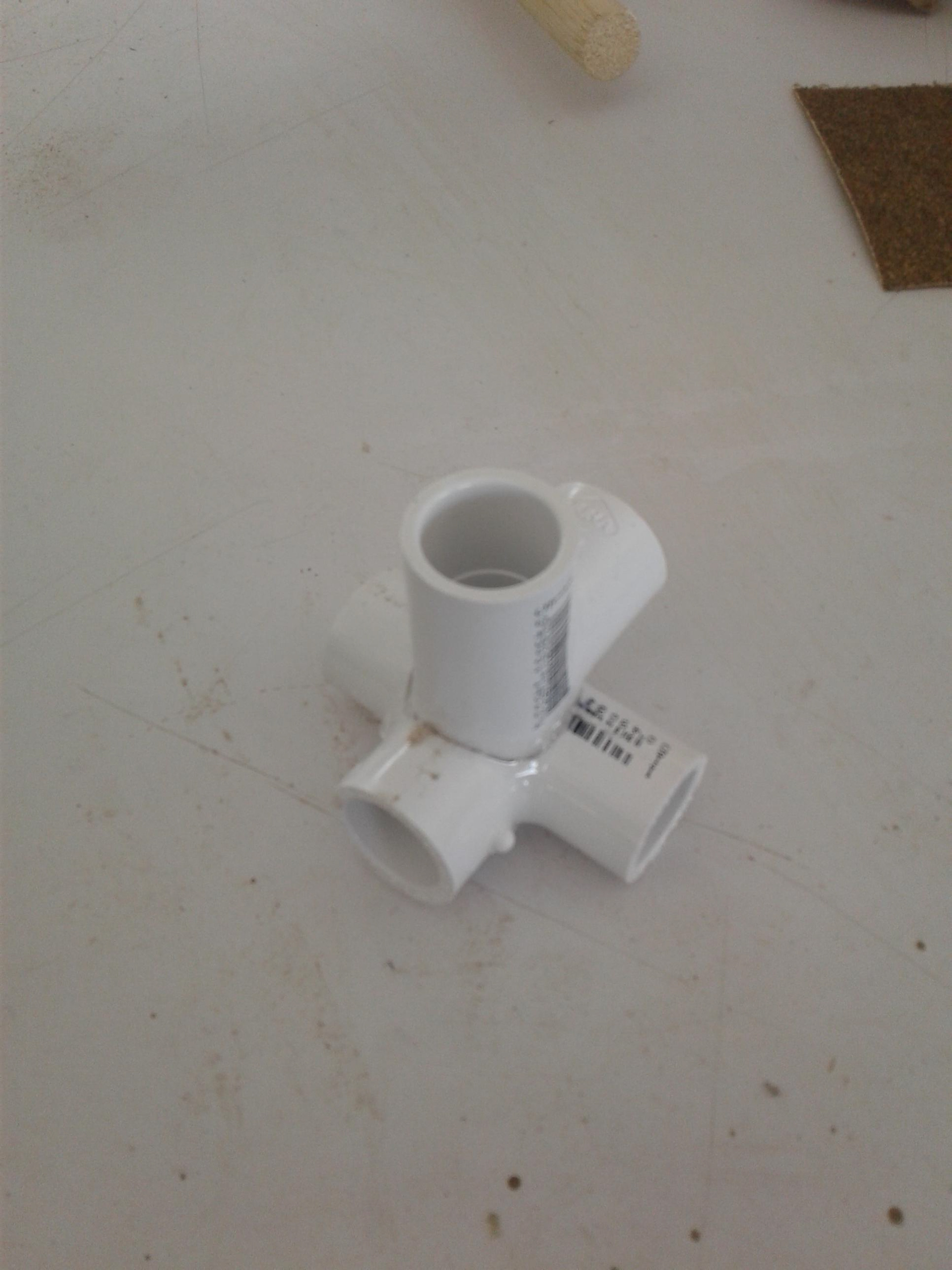
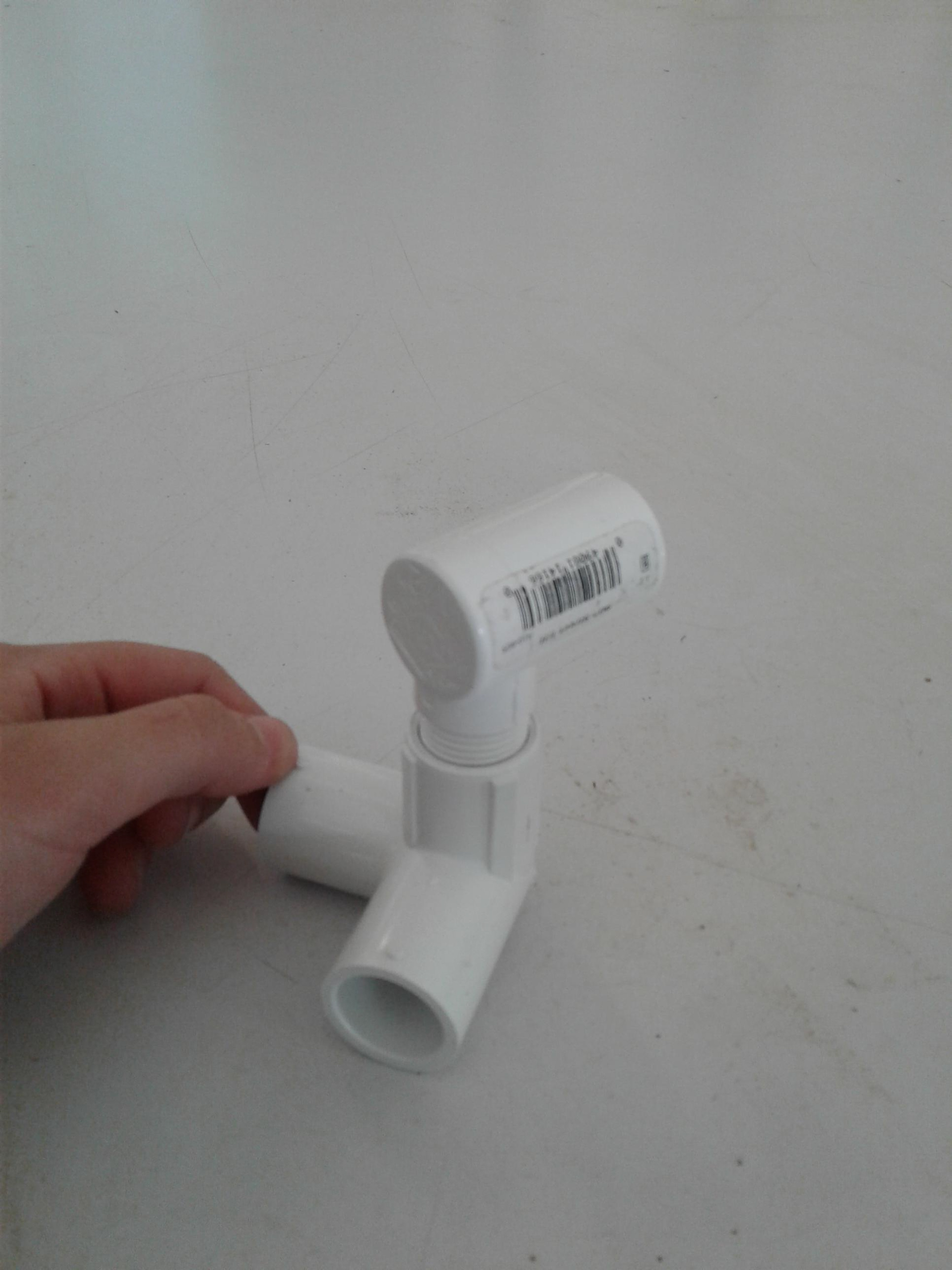
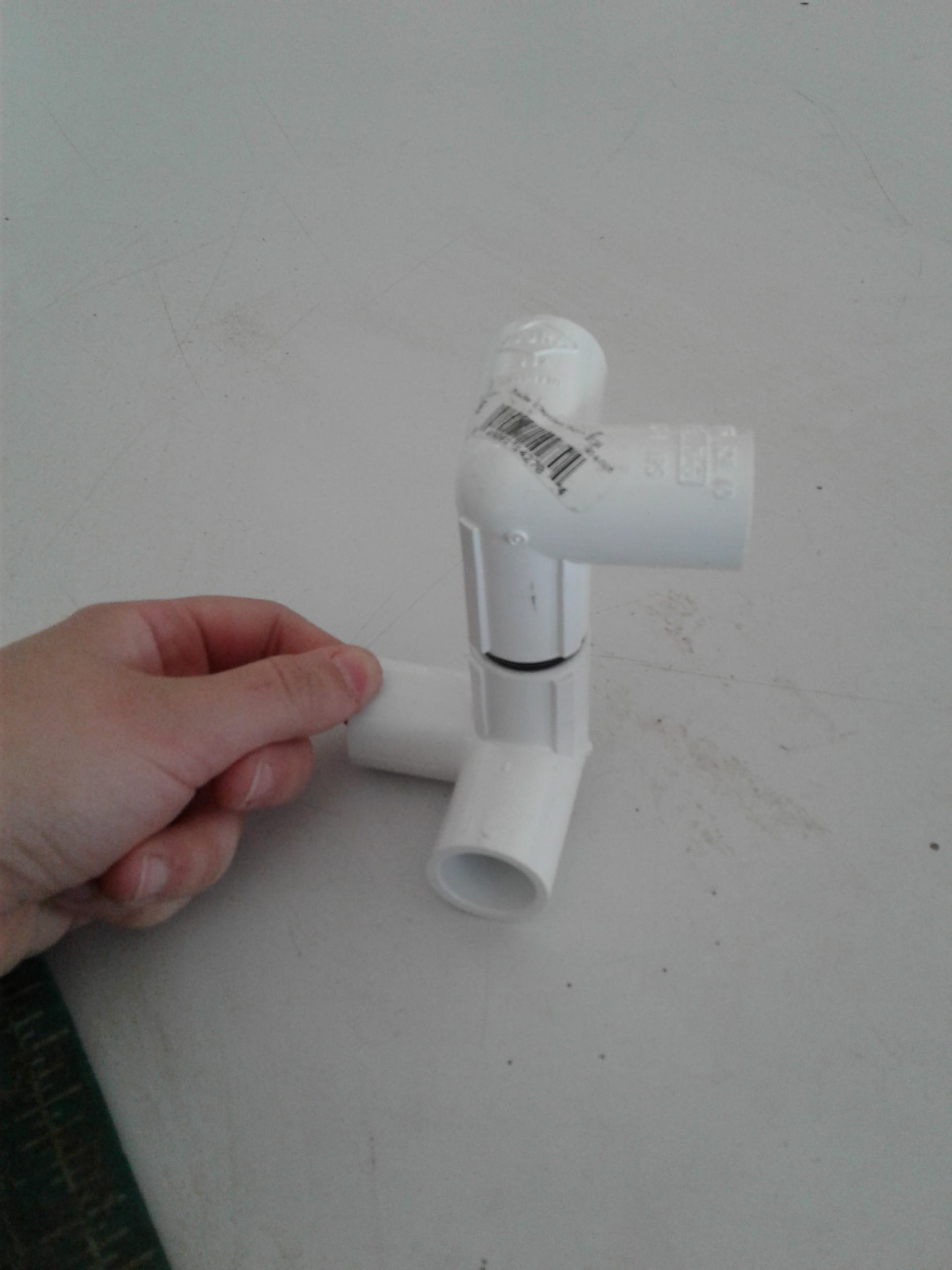
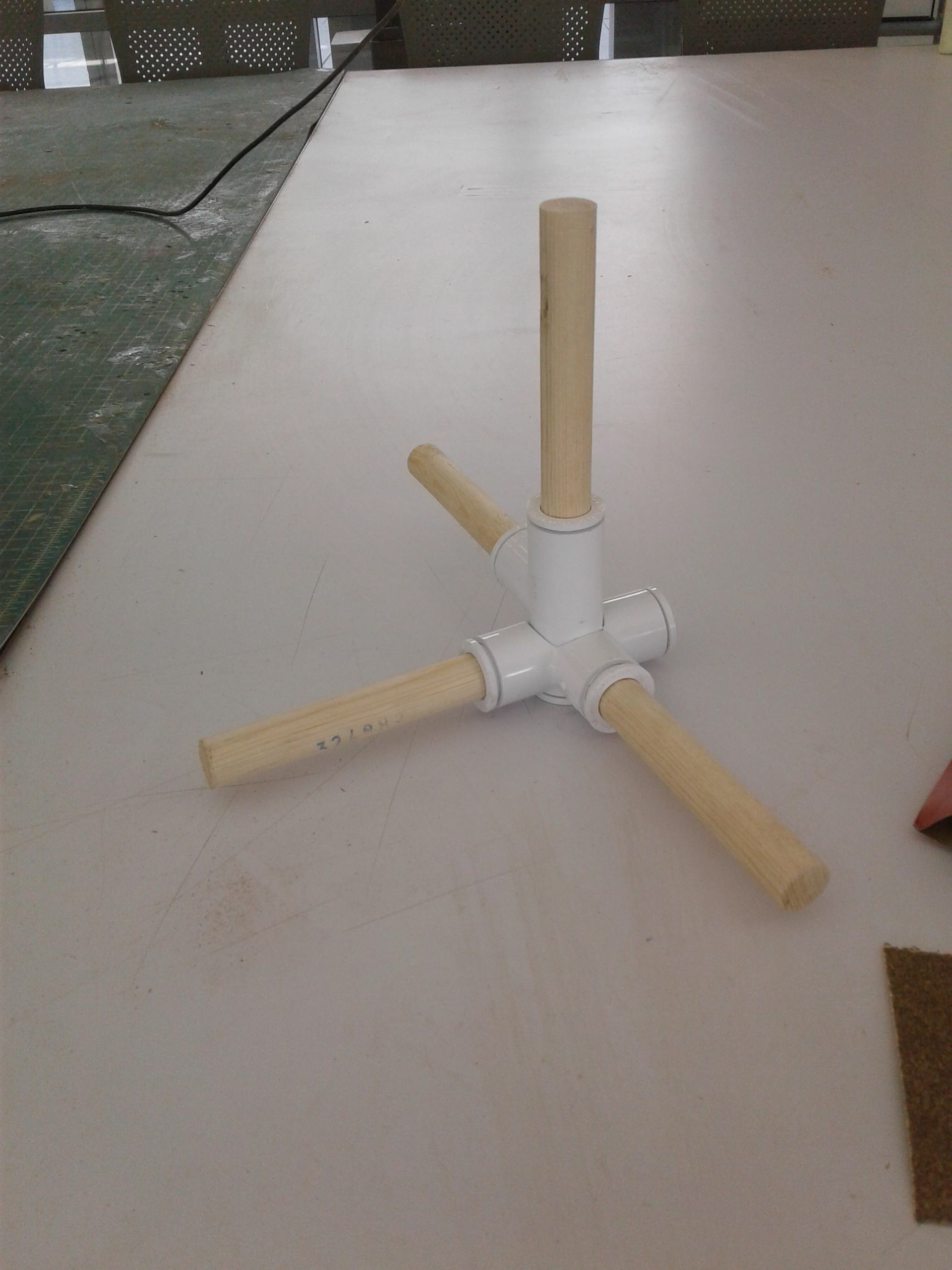
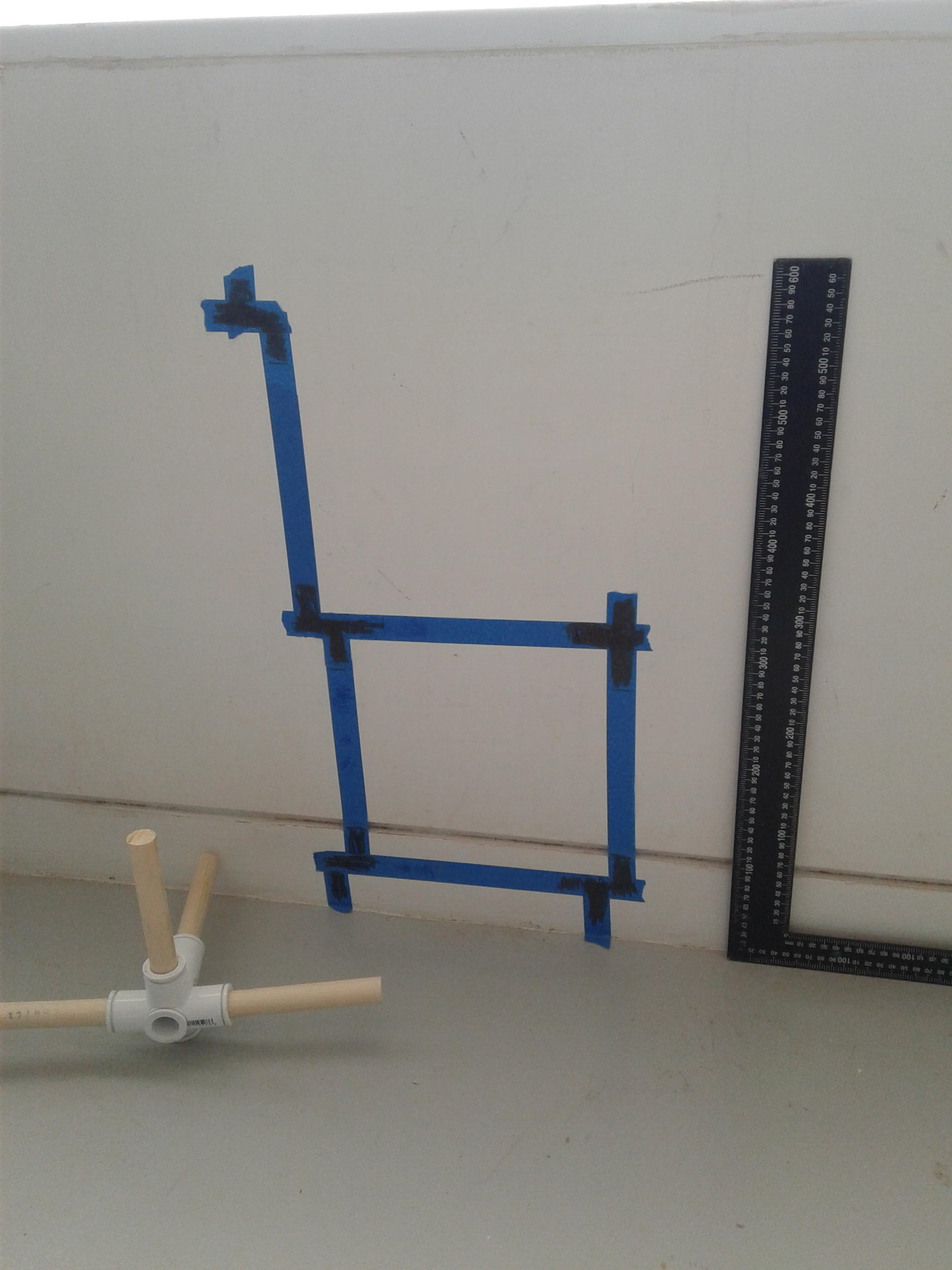
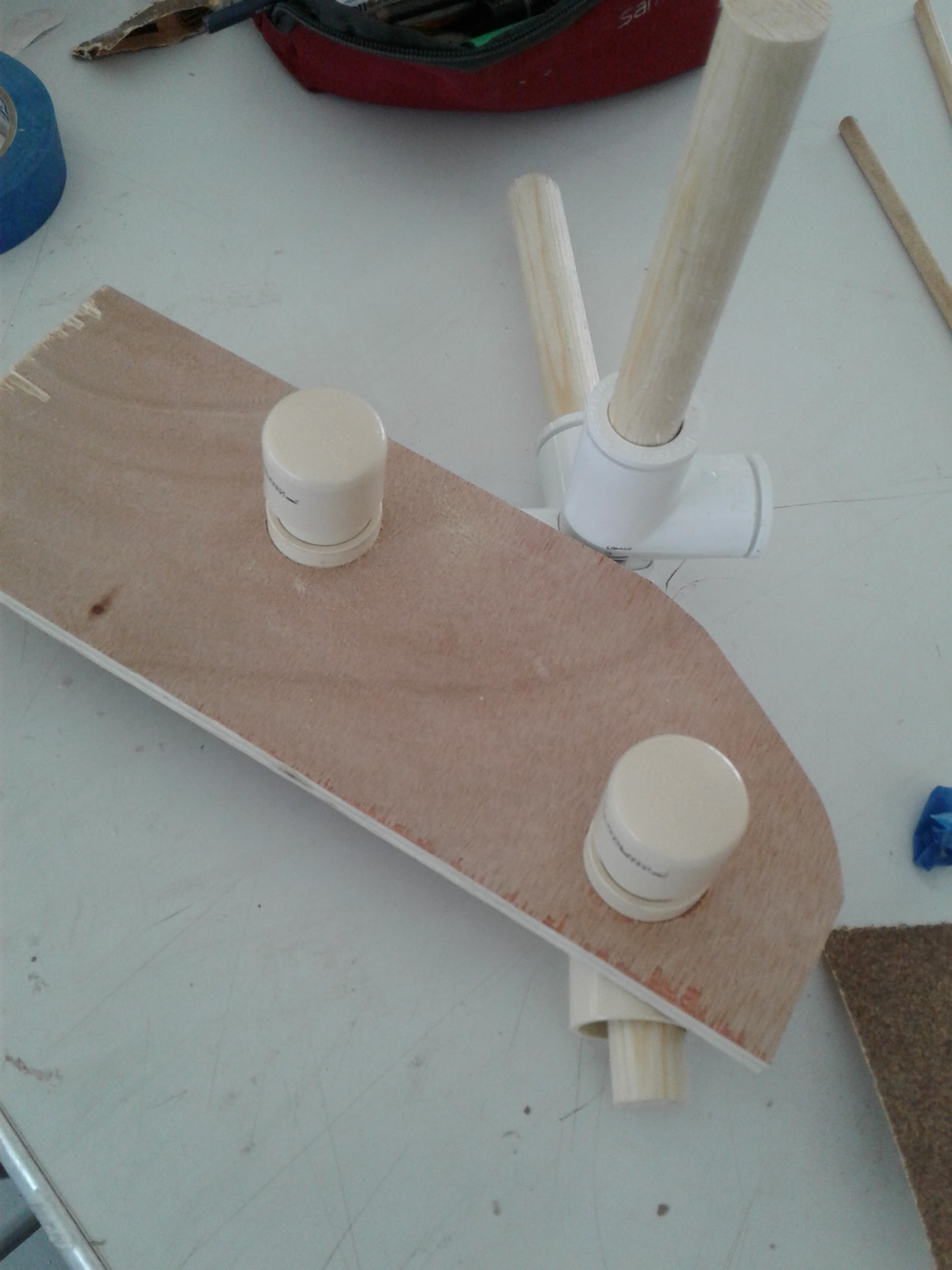
Manufacturing process.
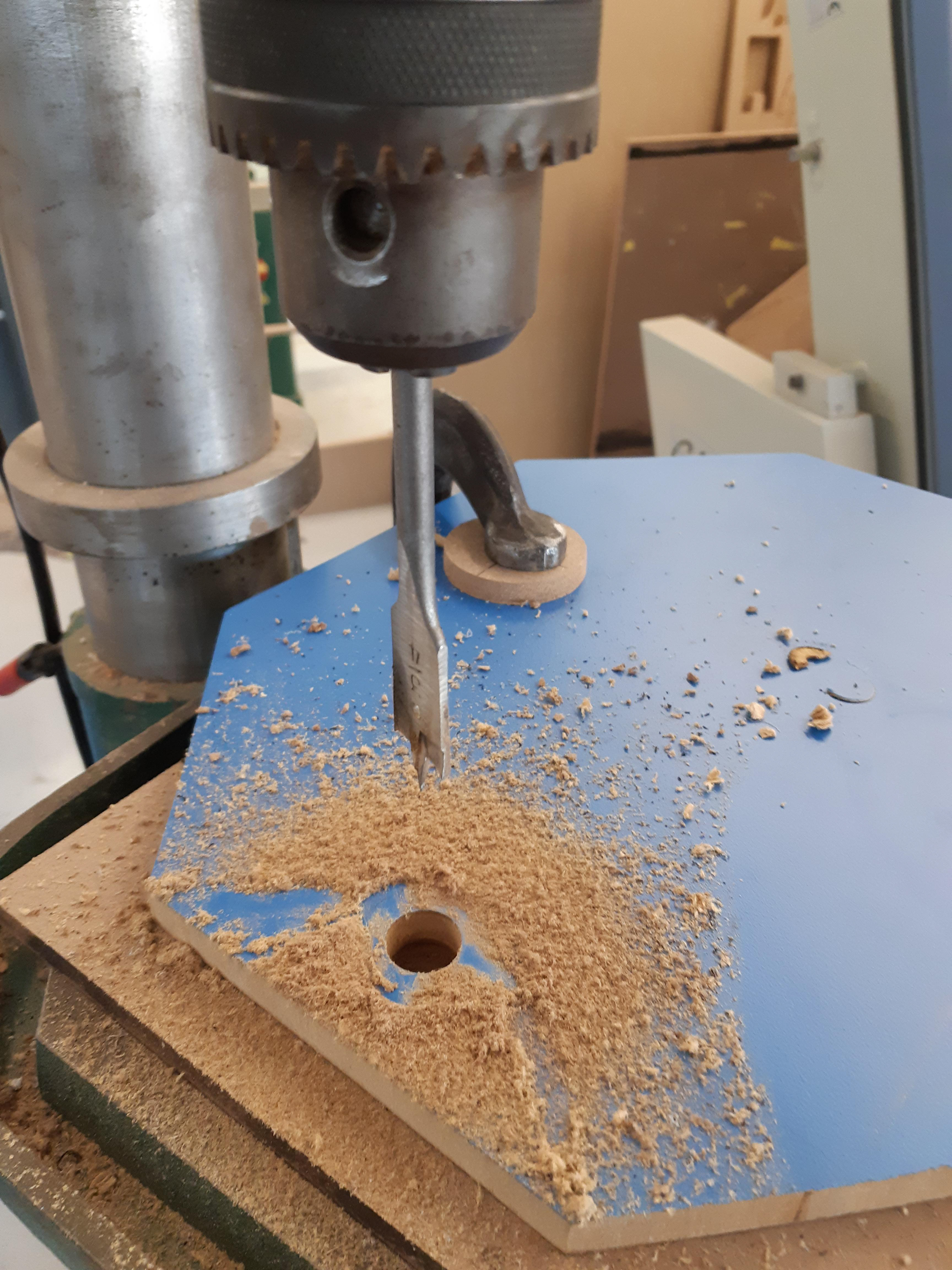
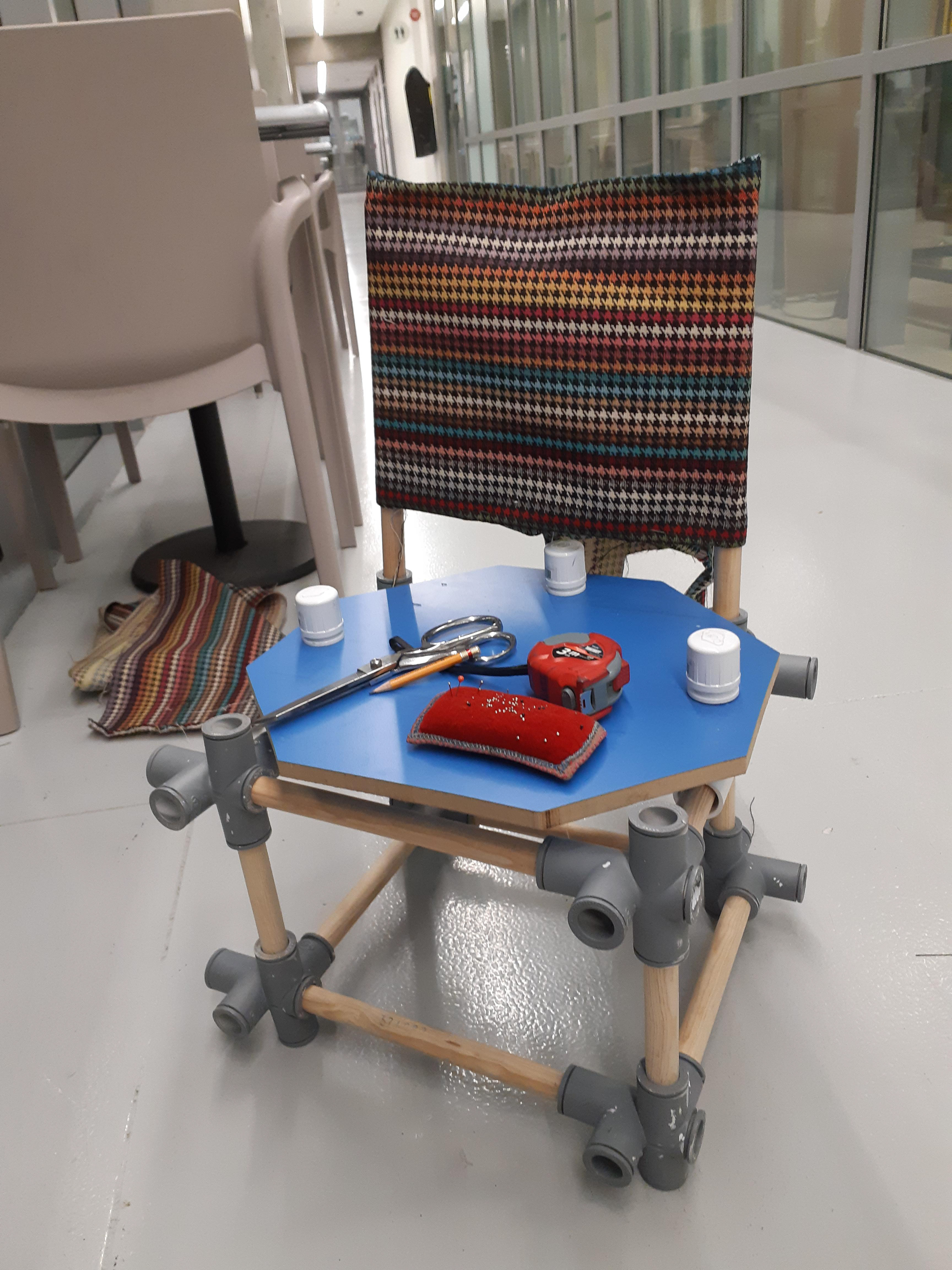
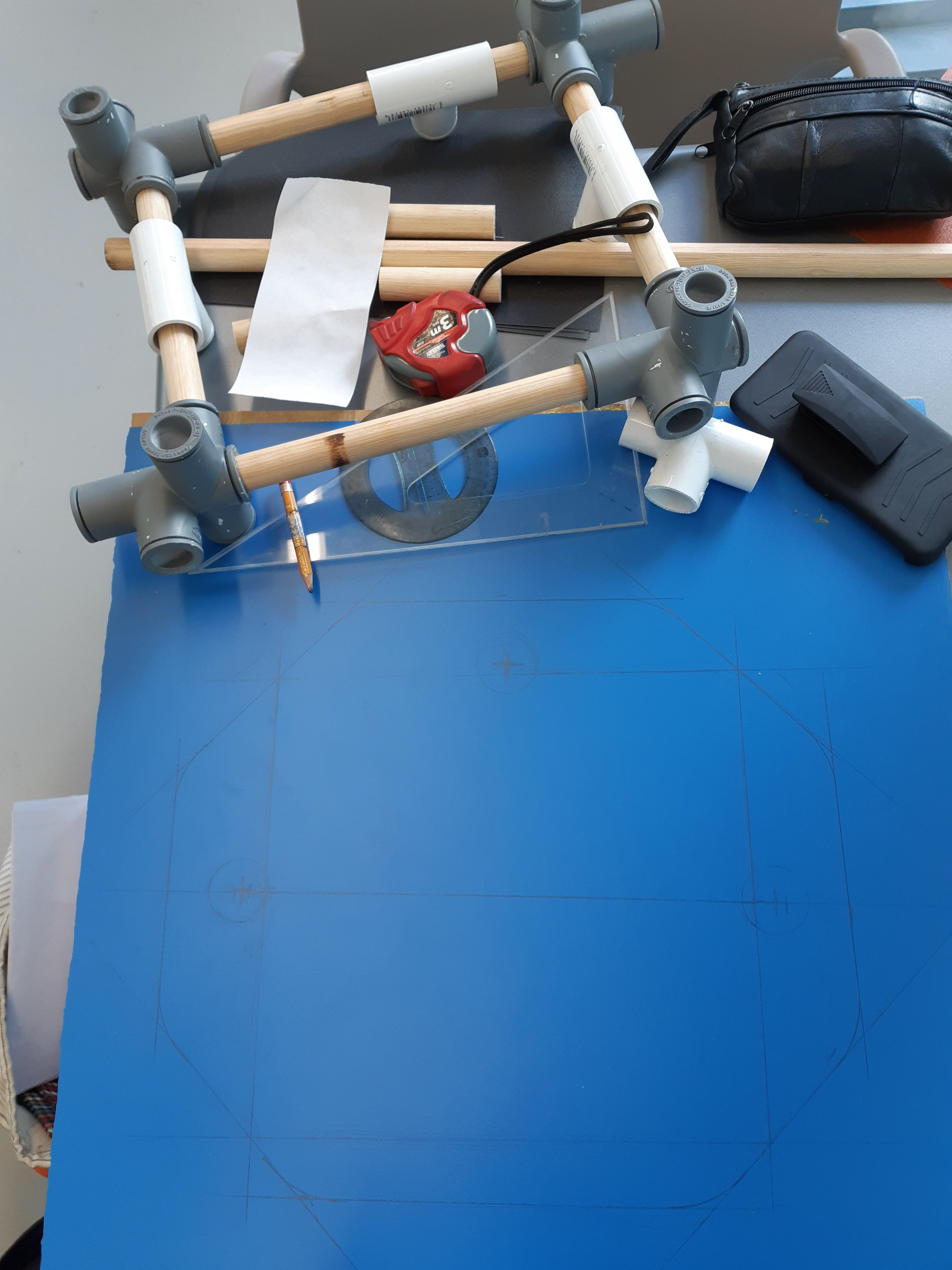
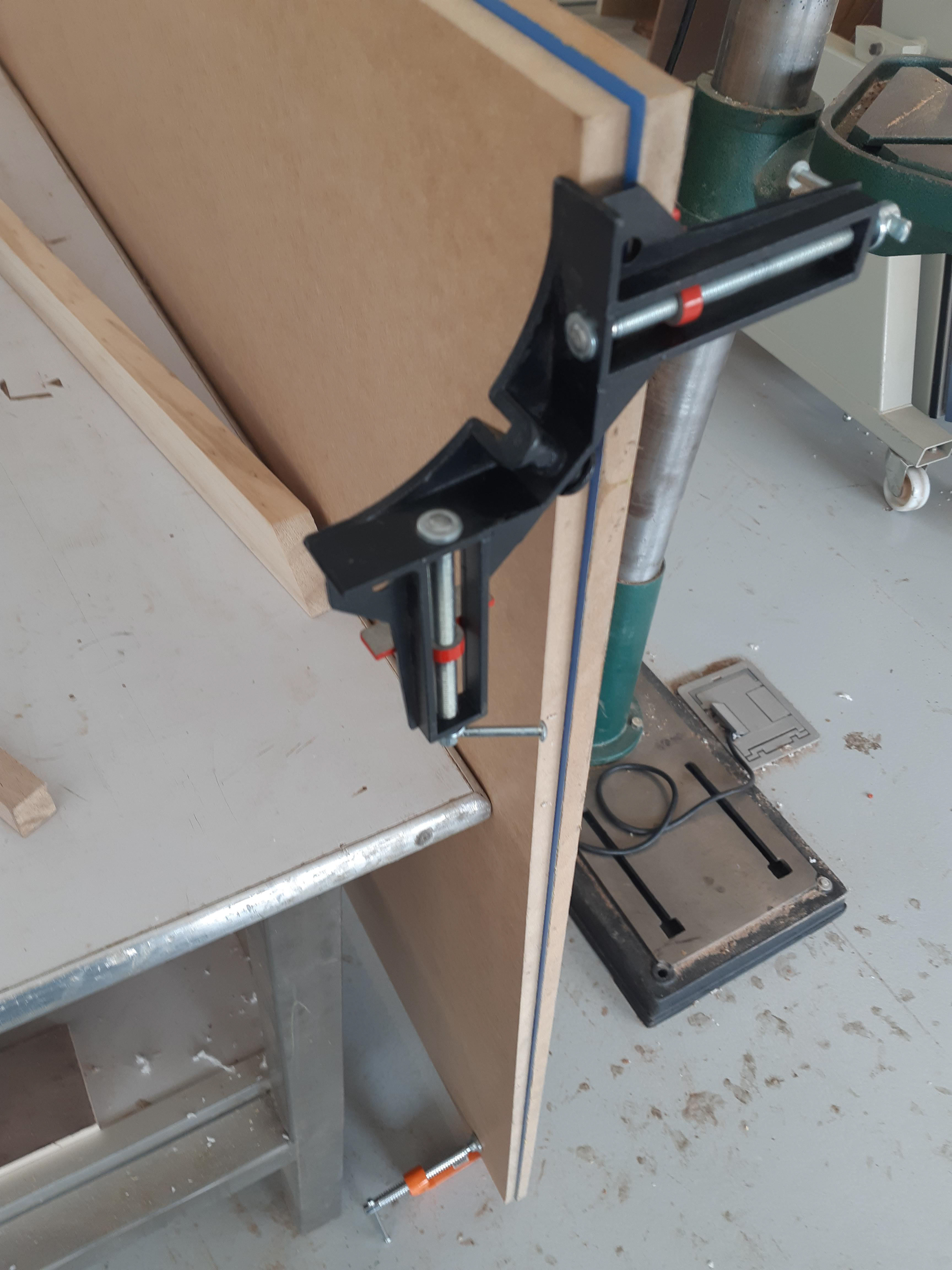
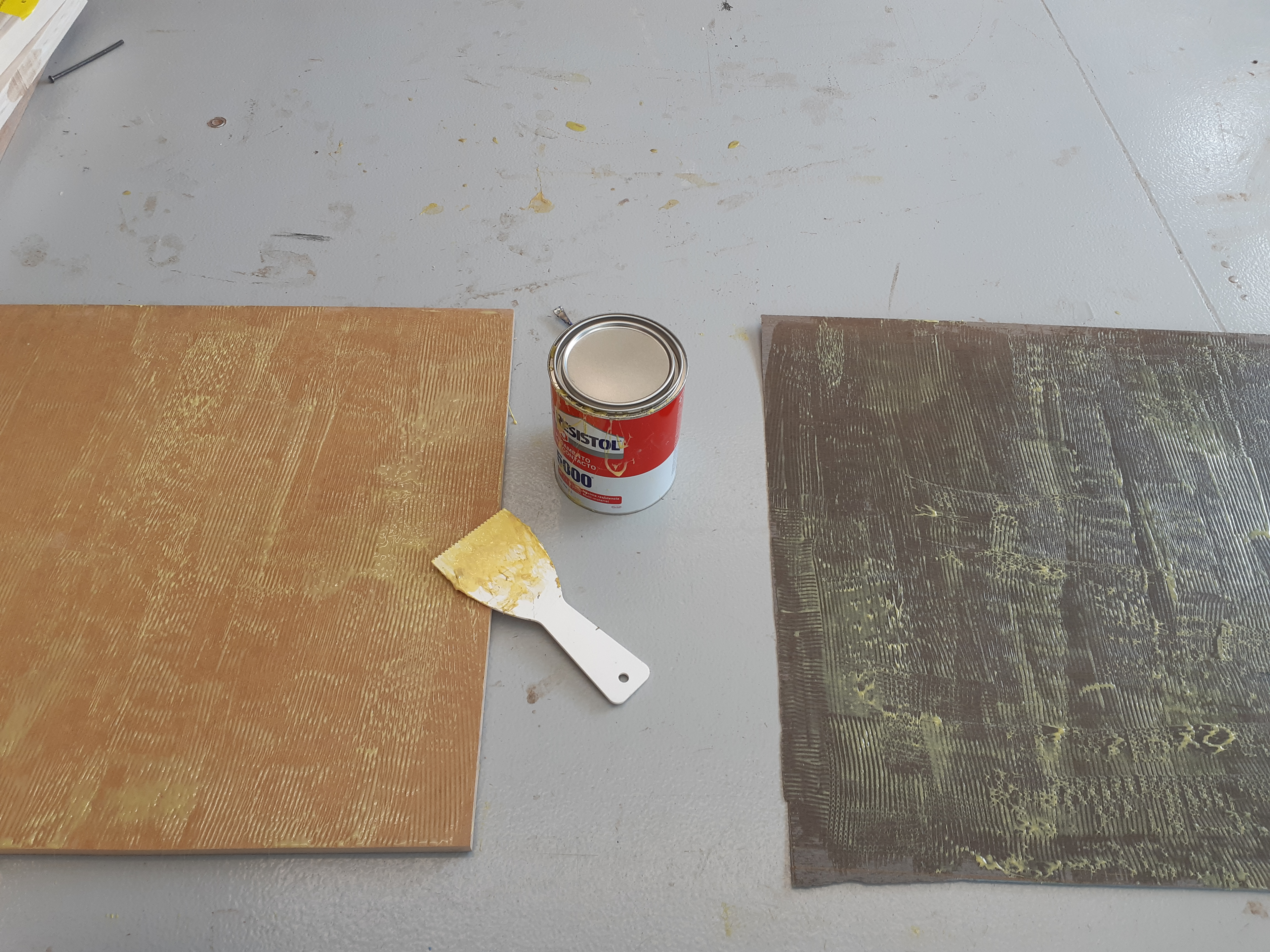
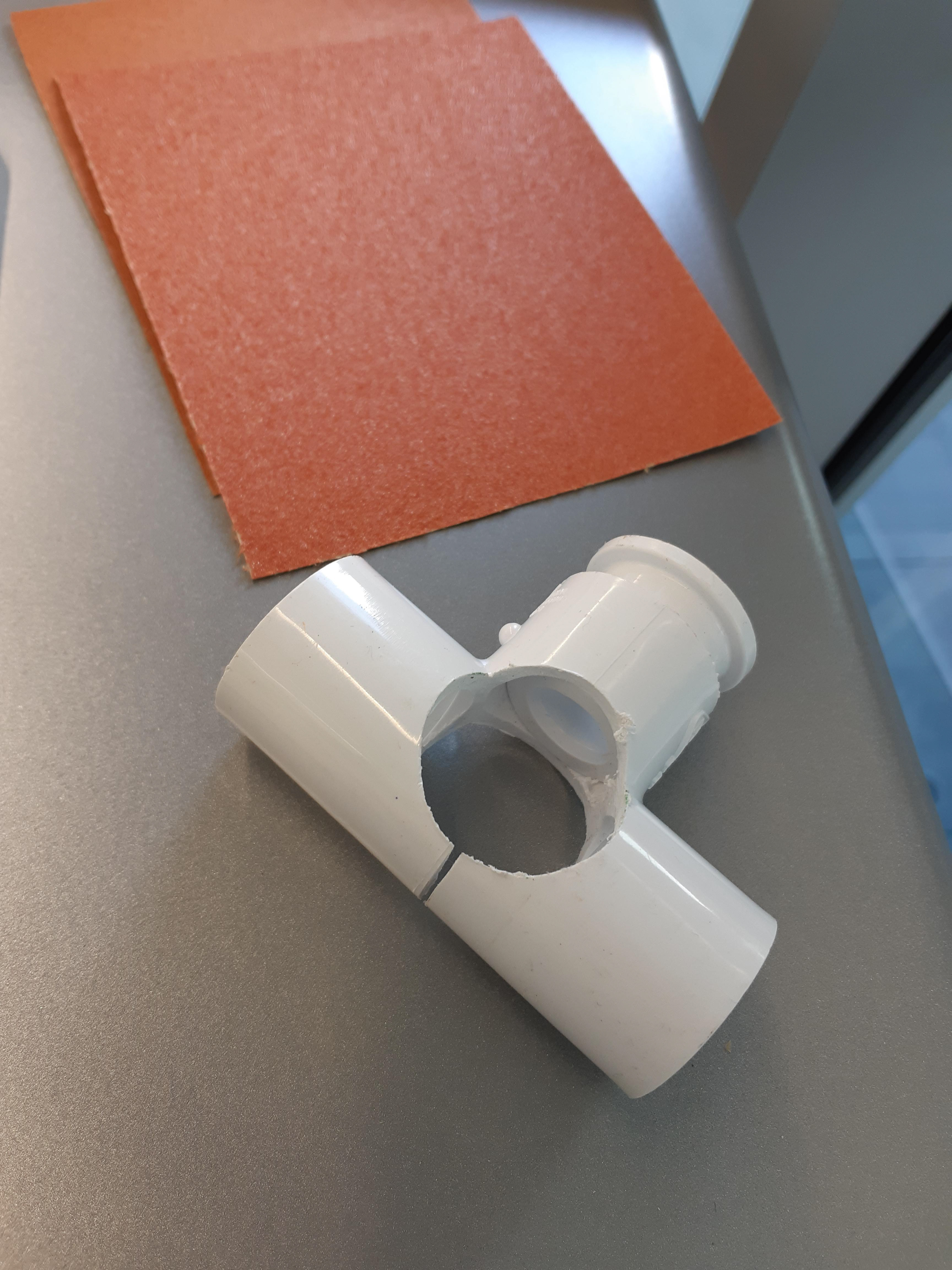
Usage.
